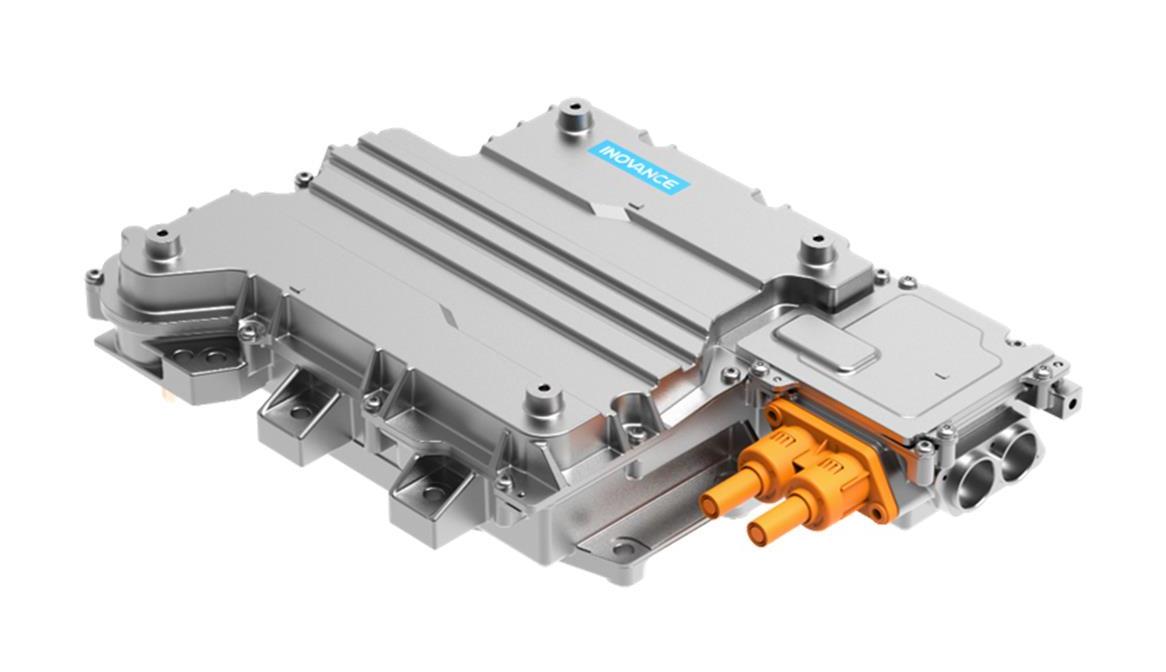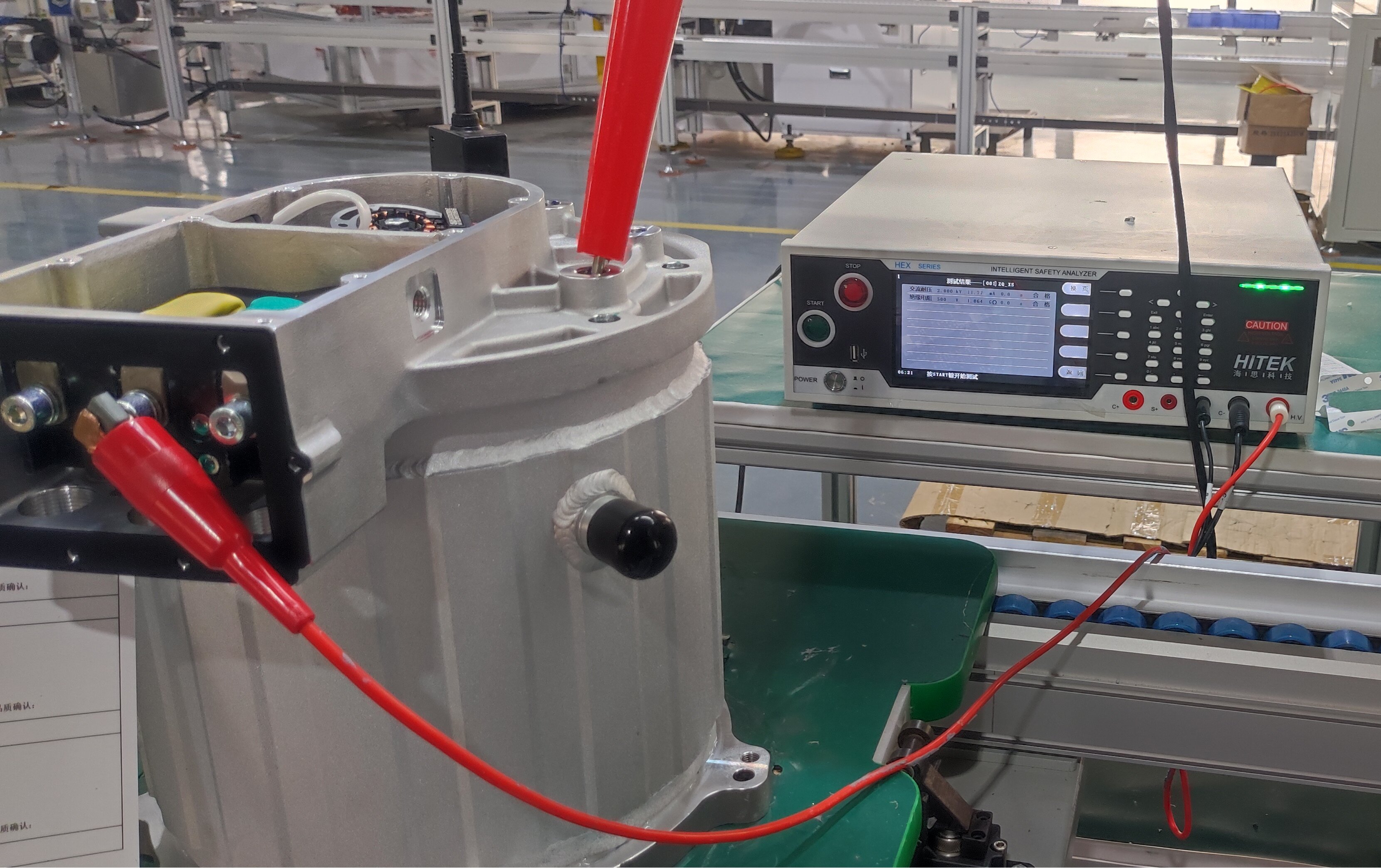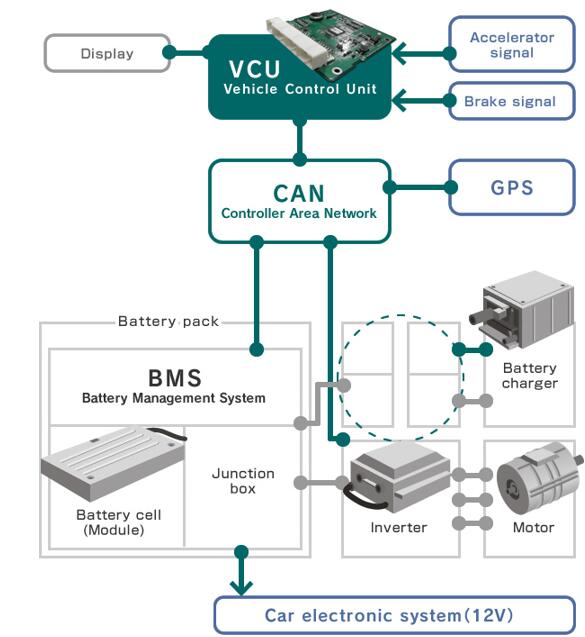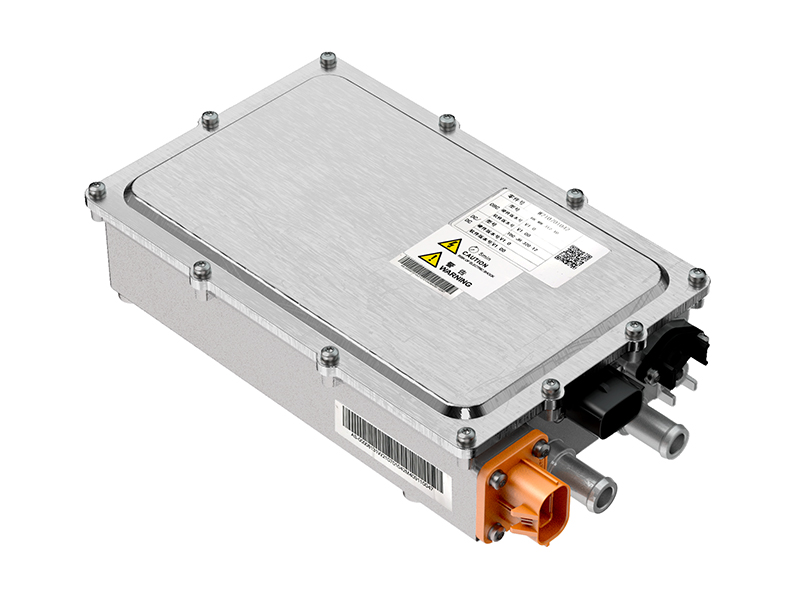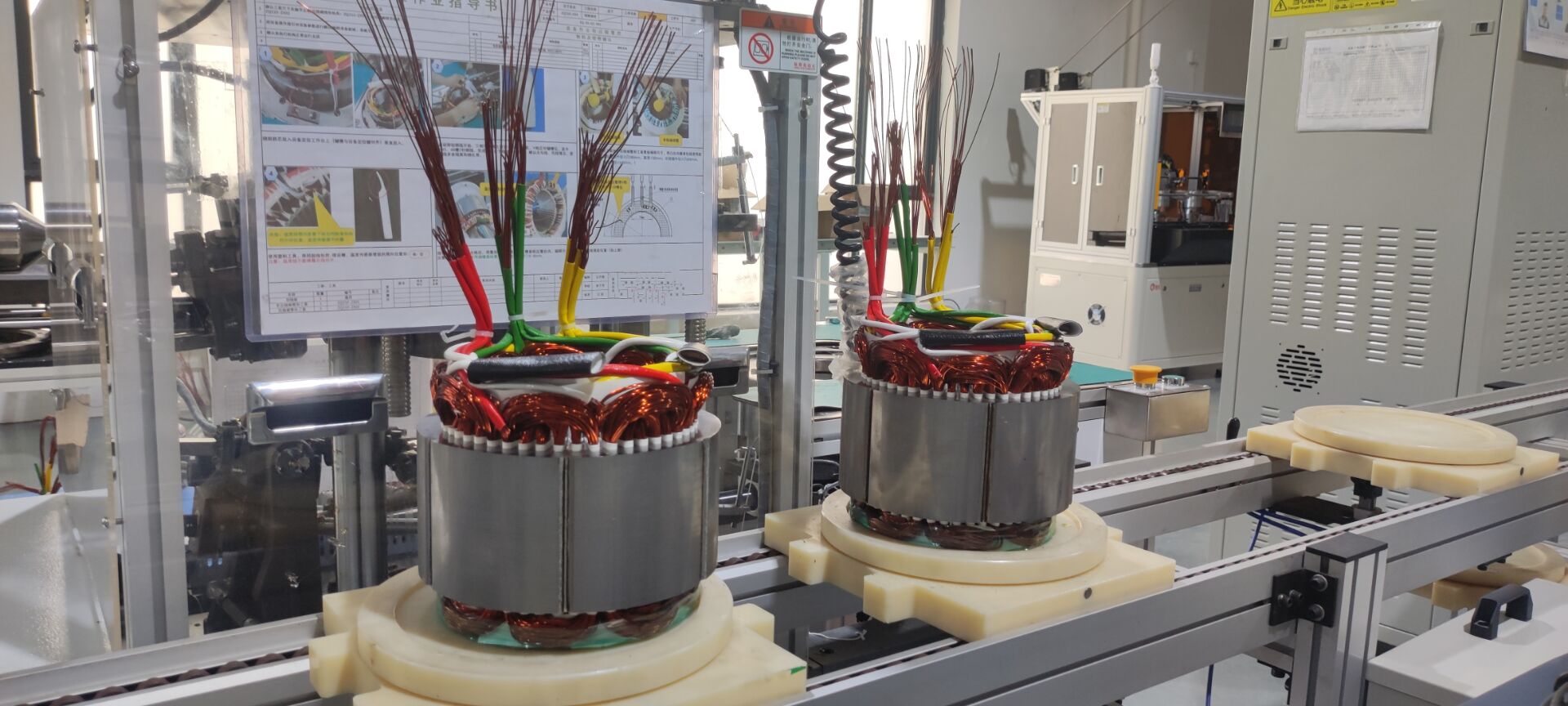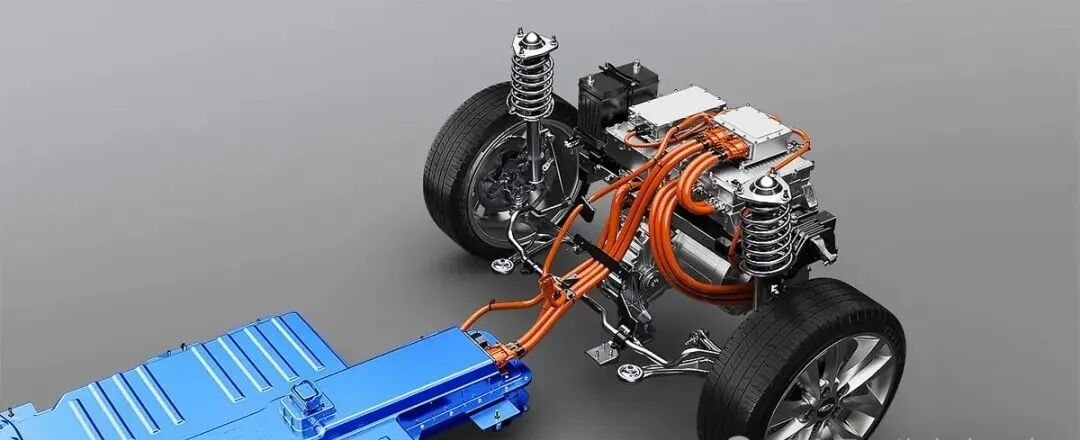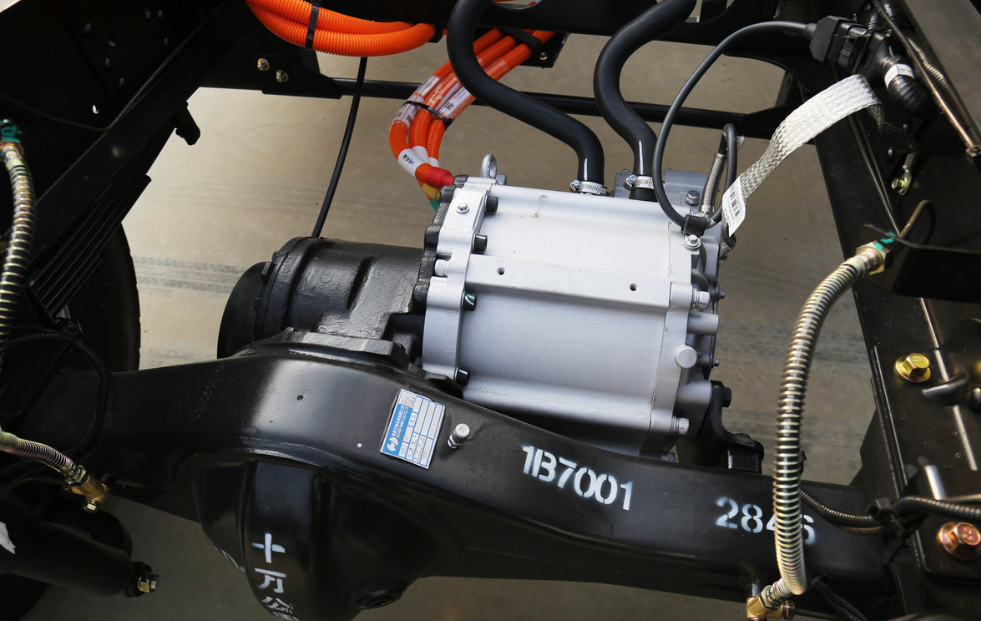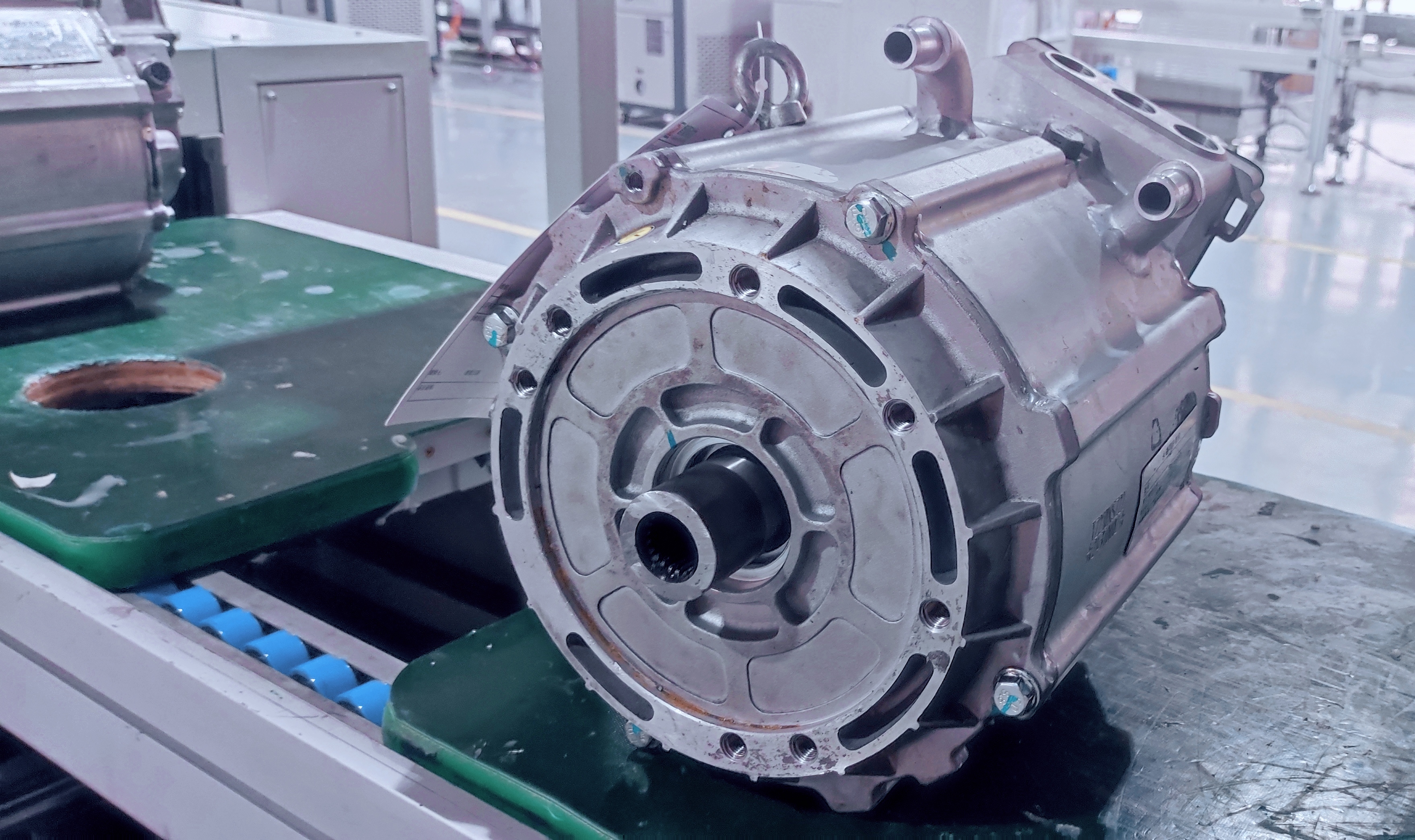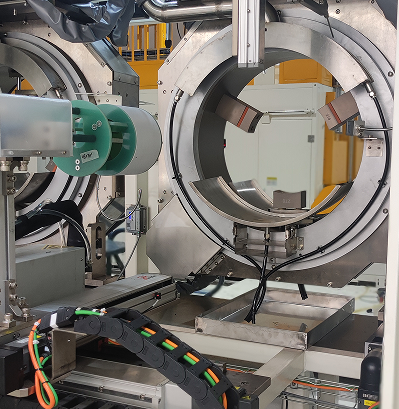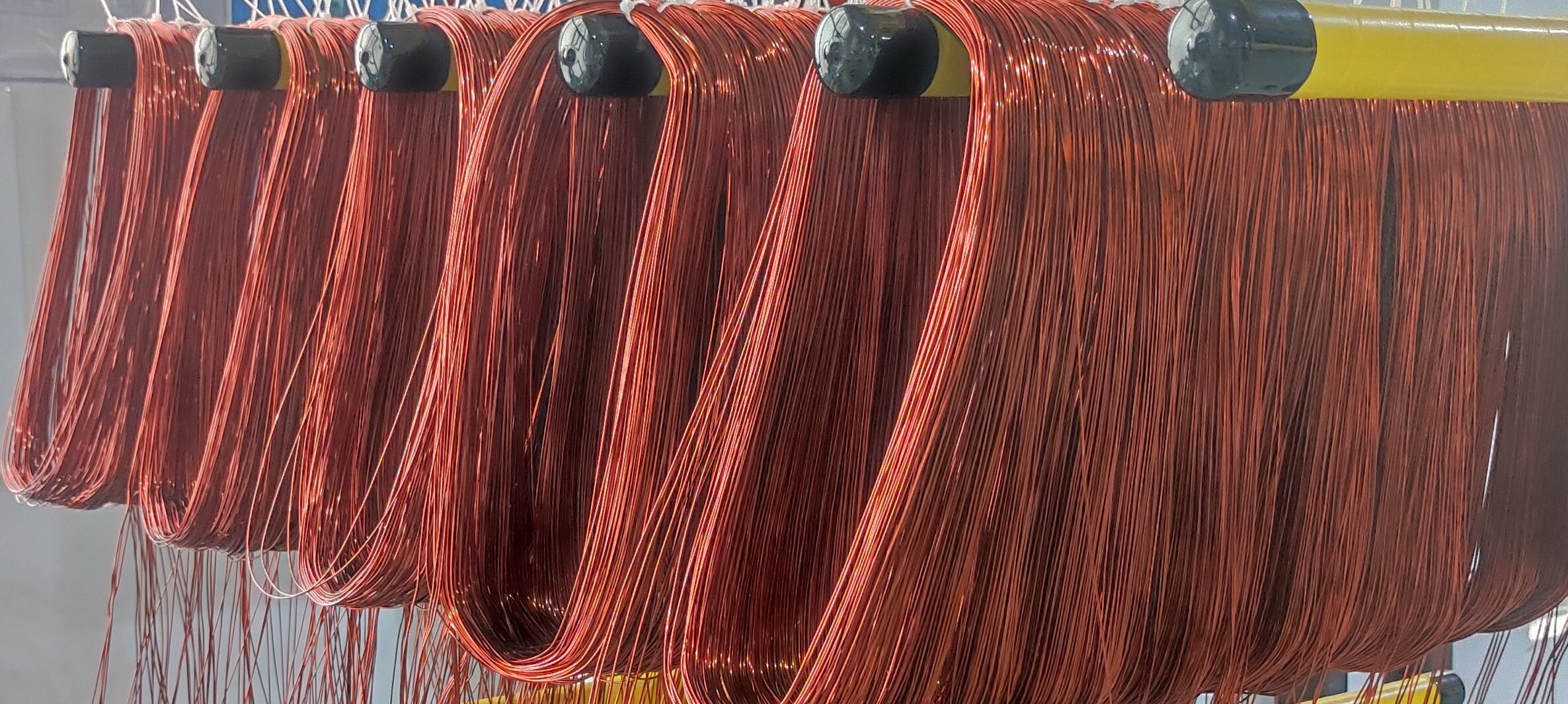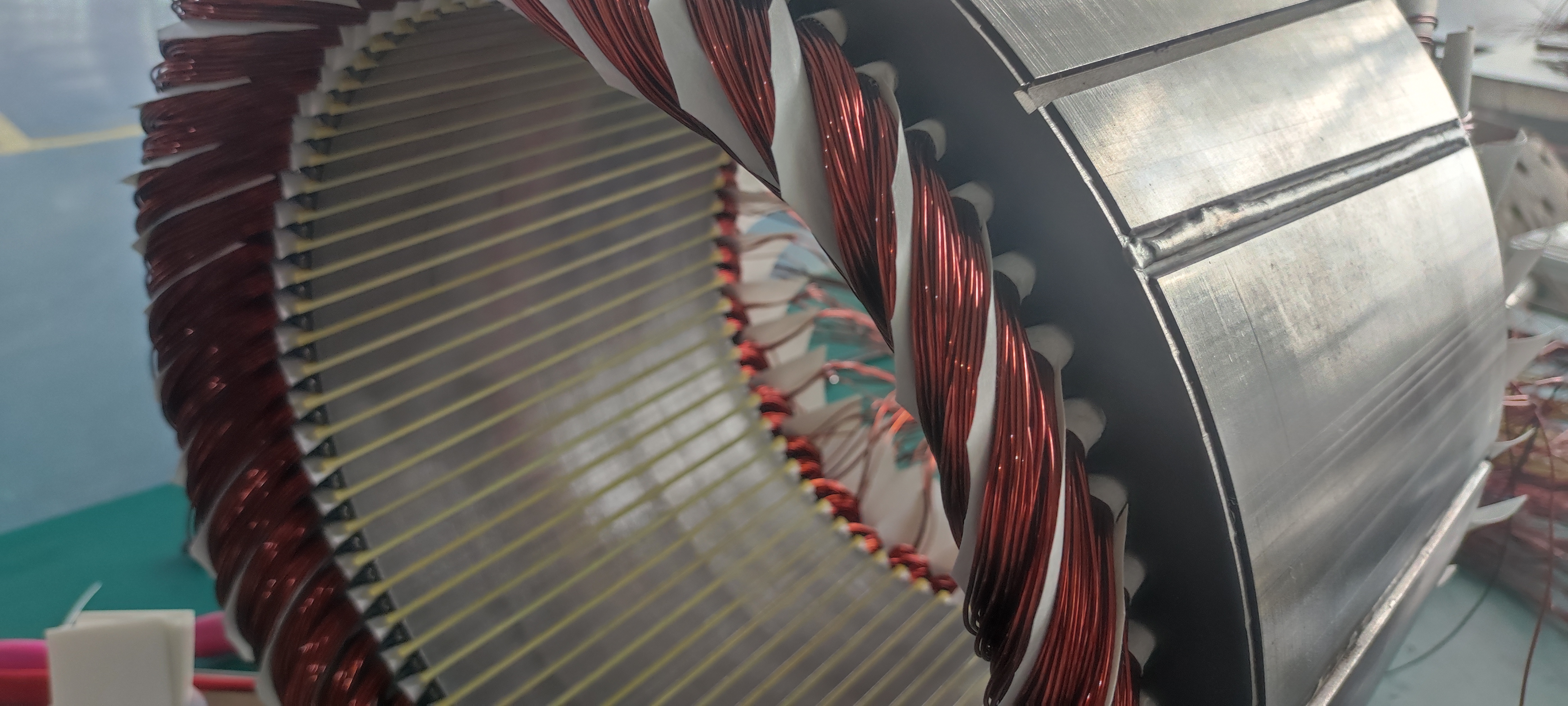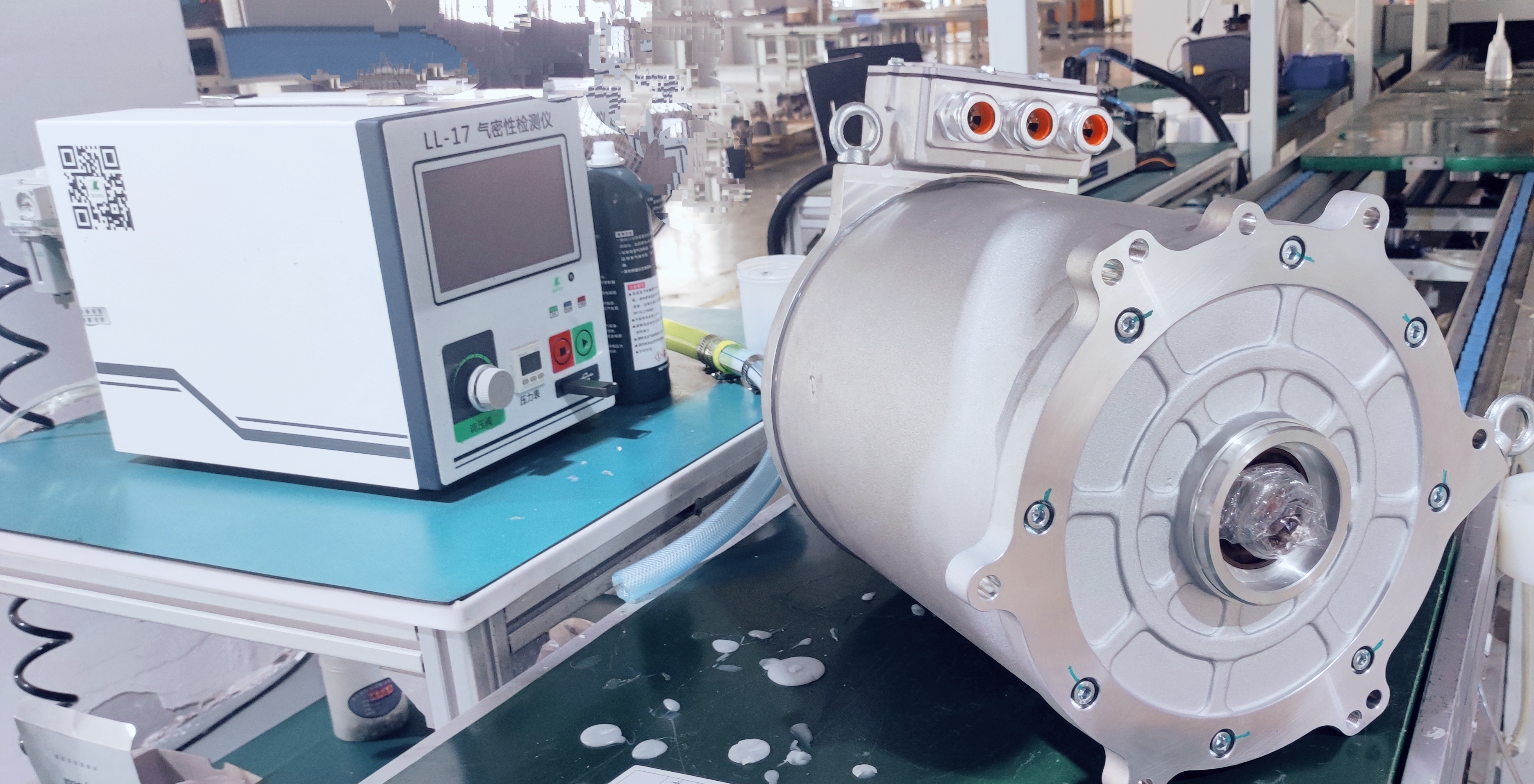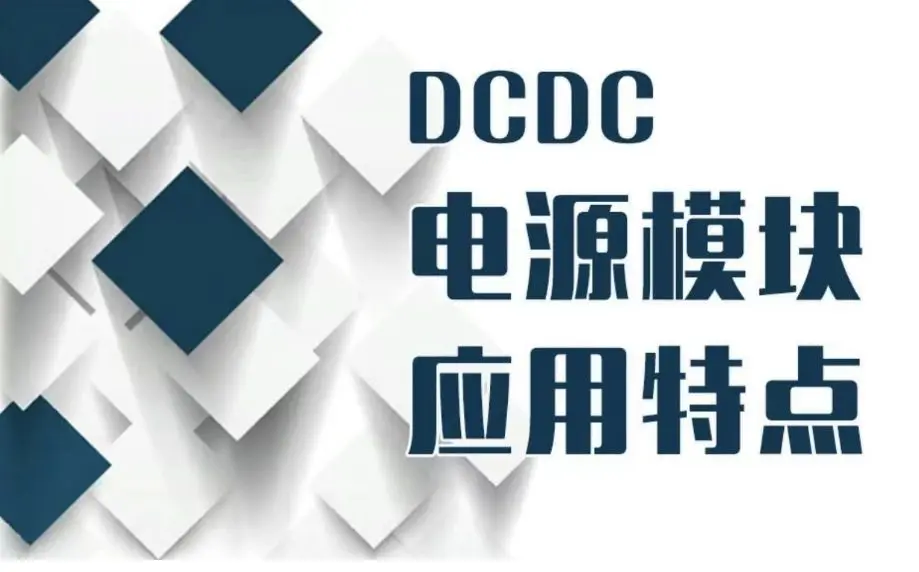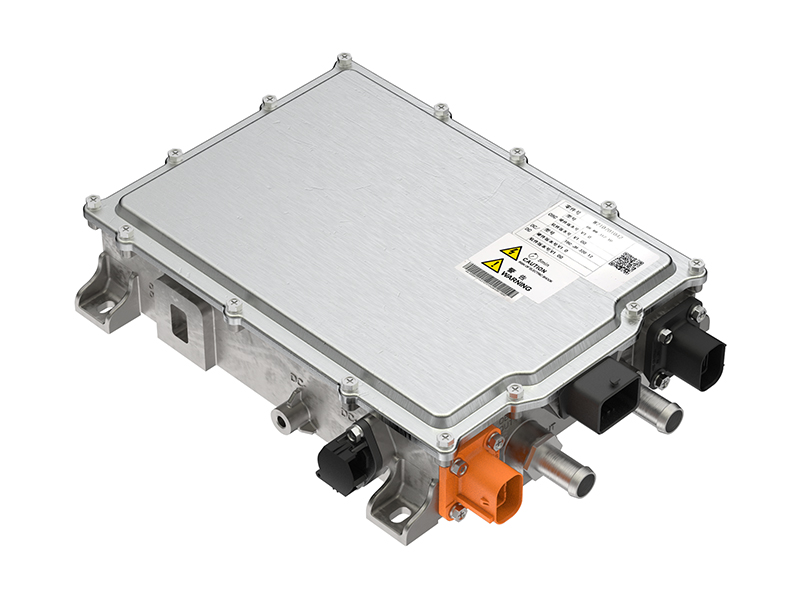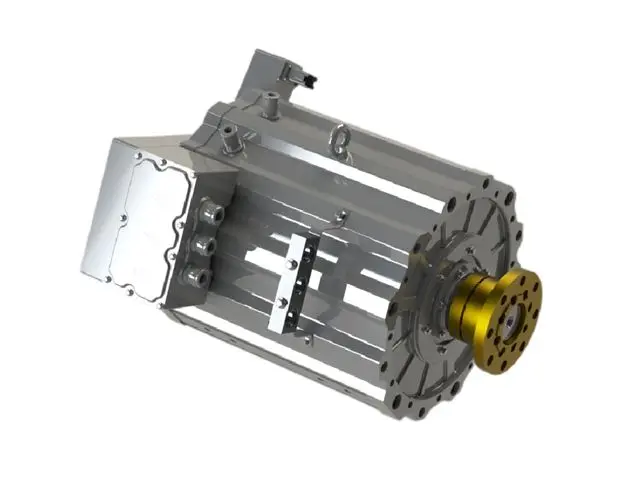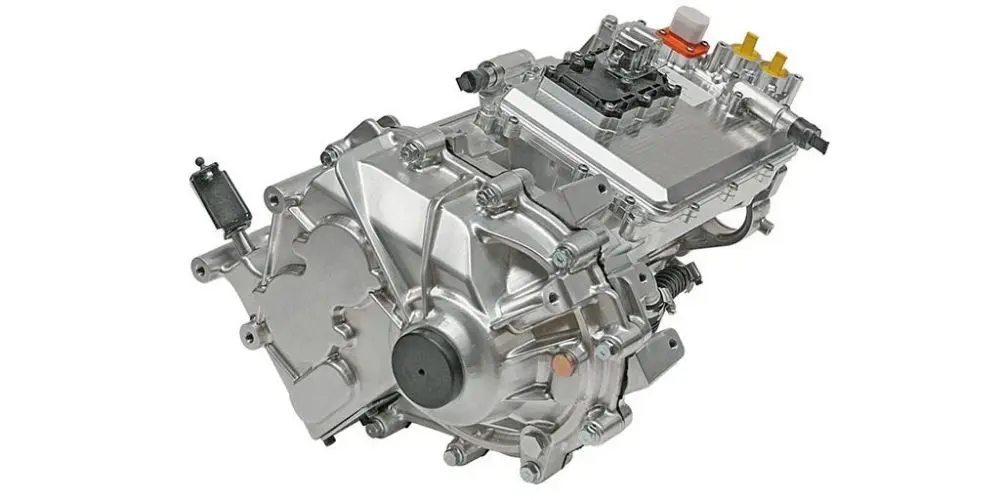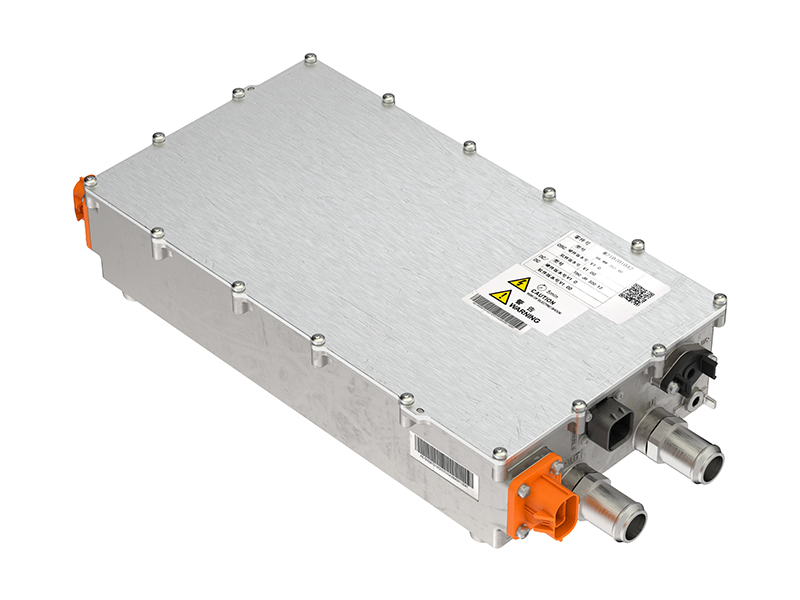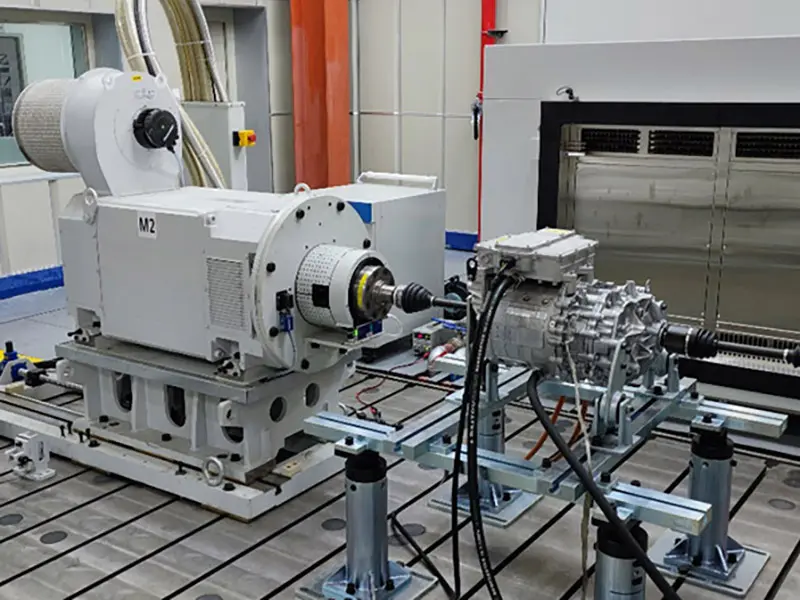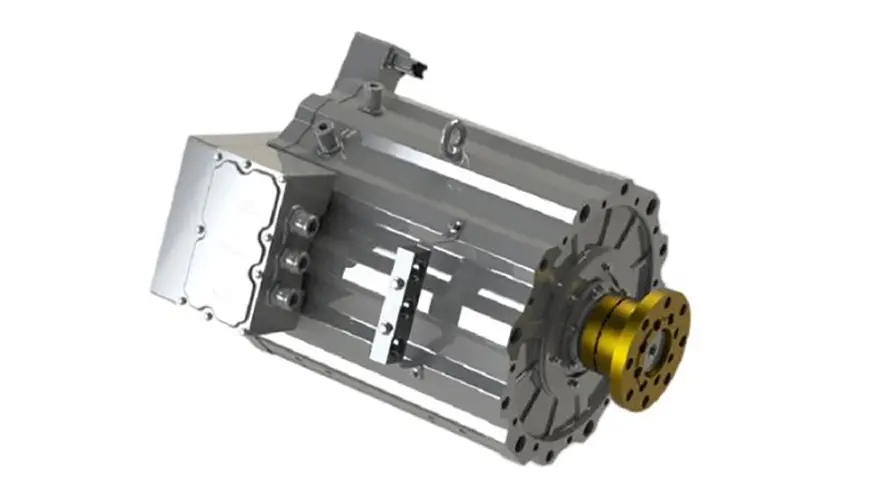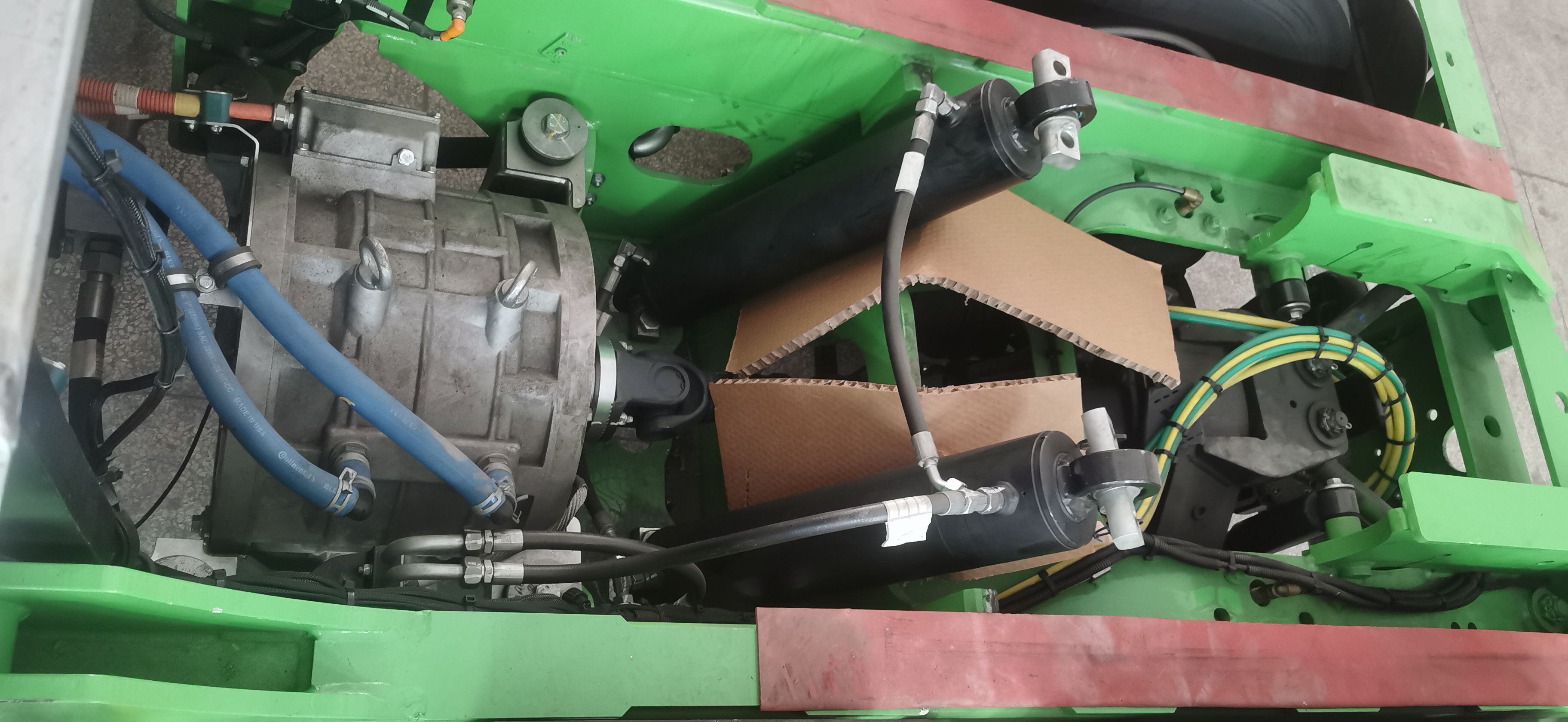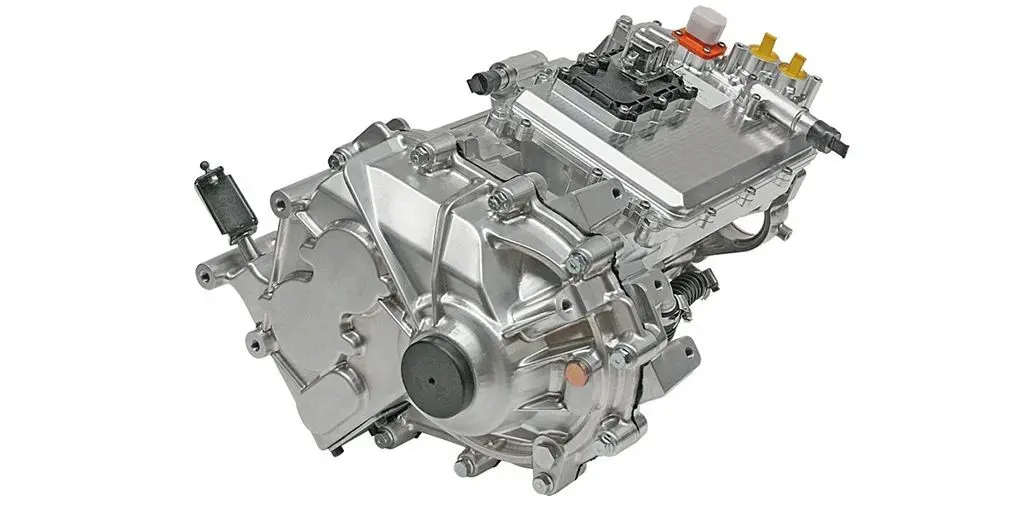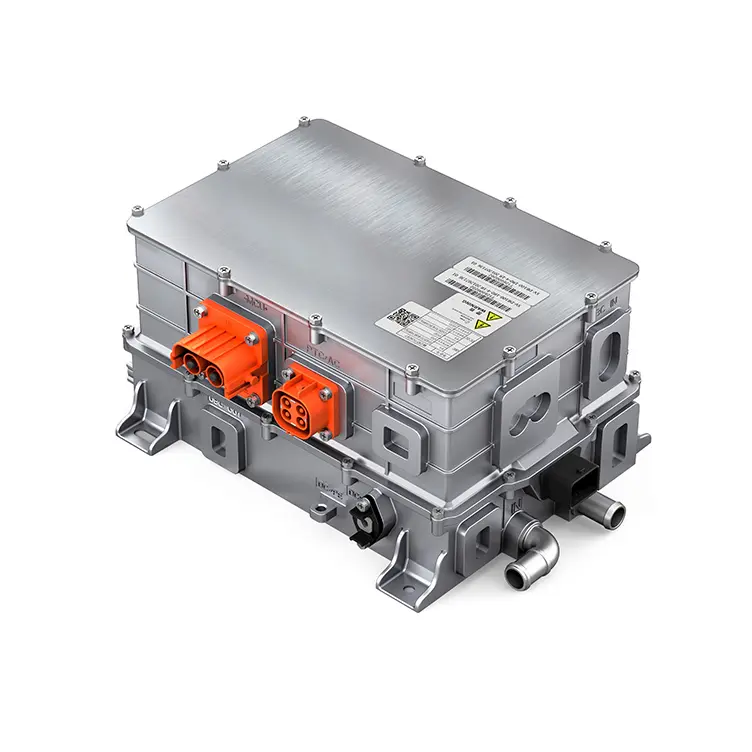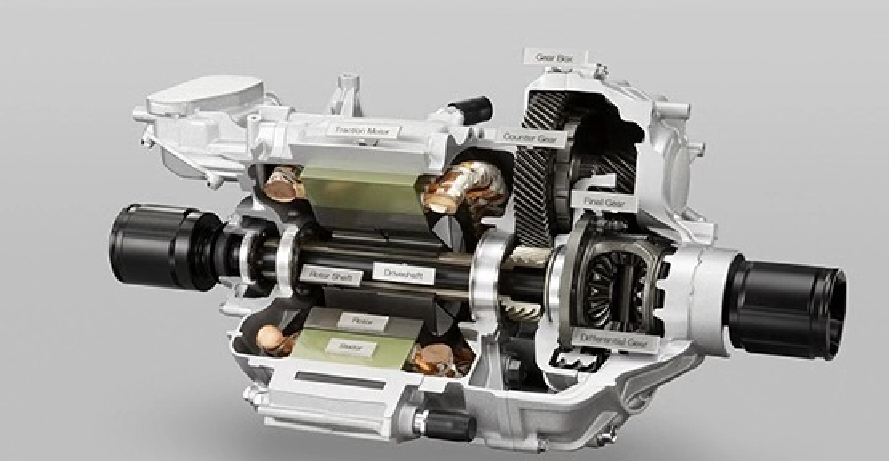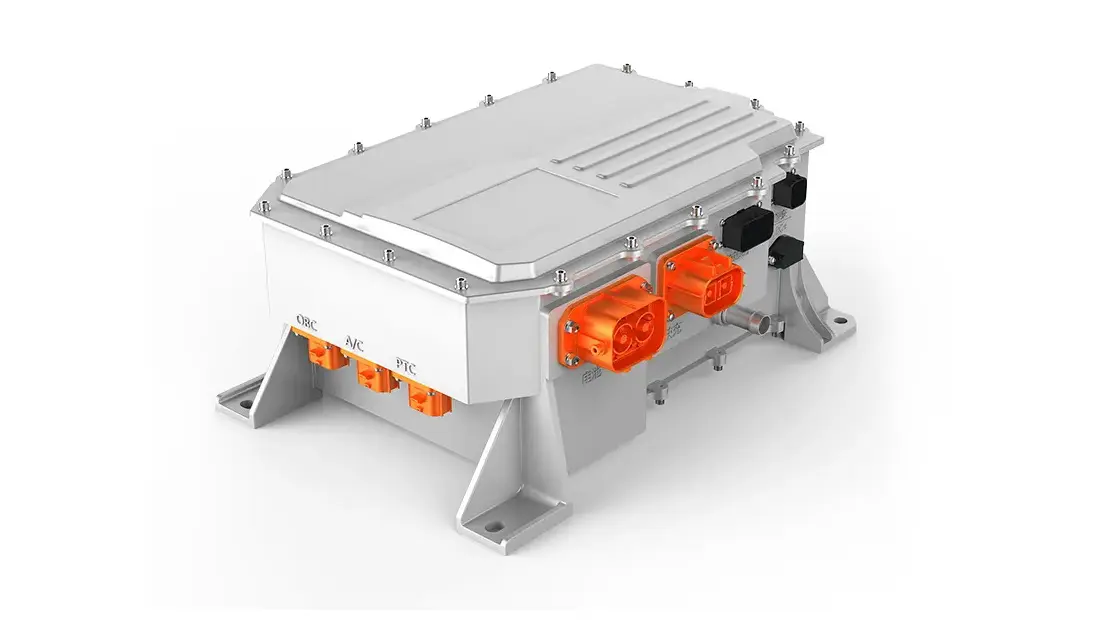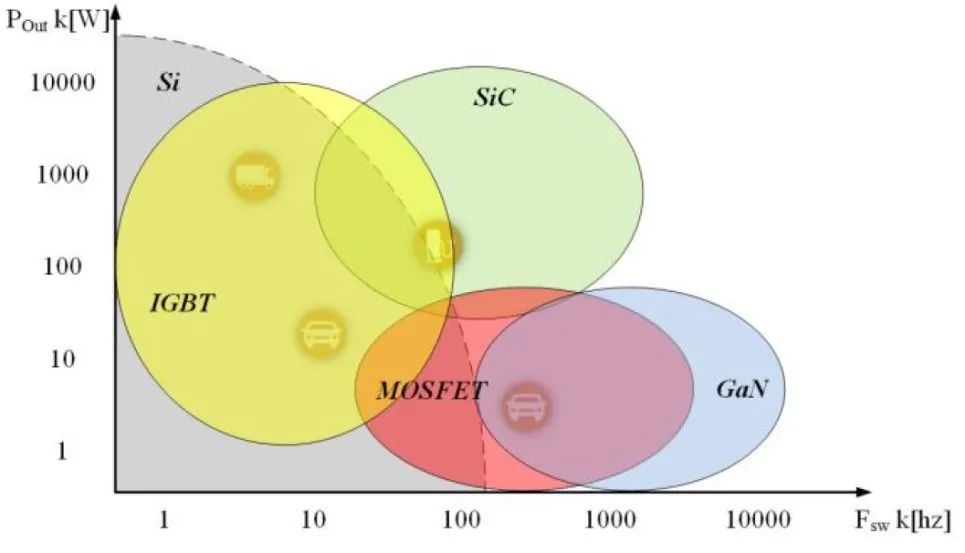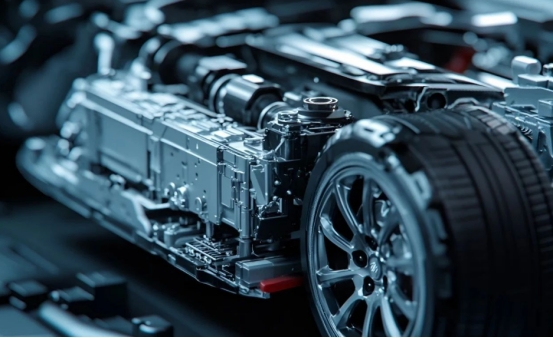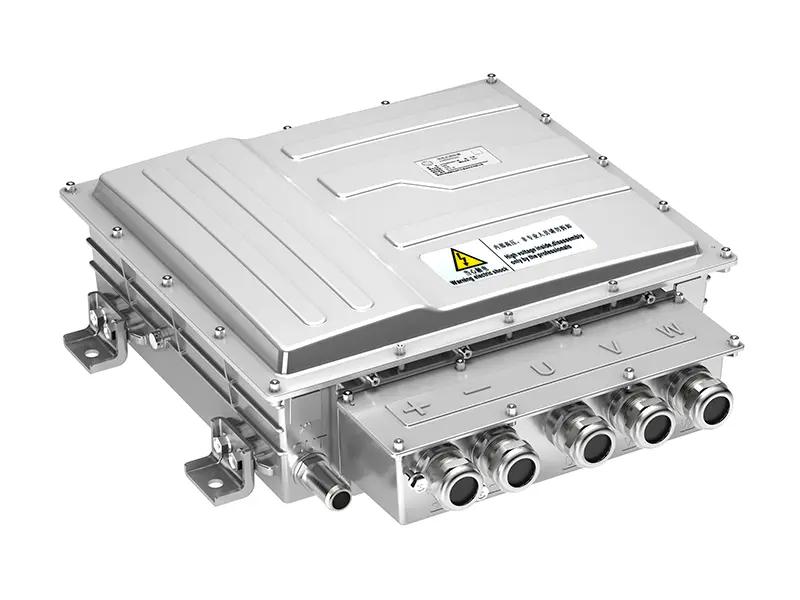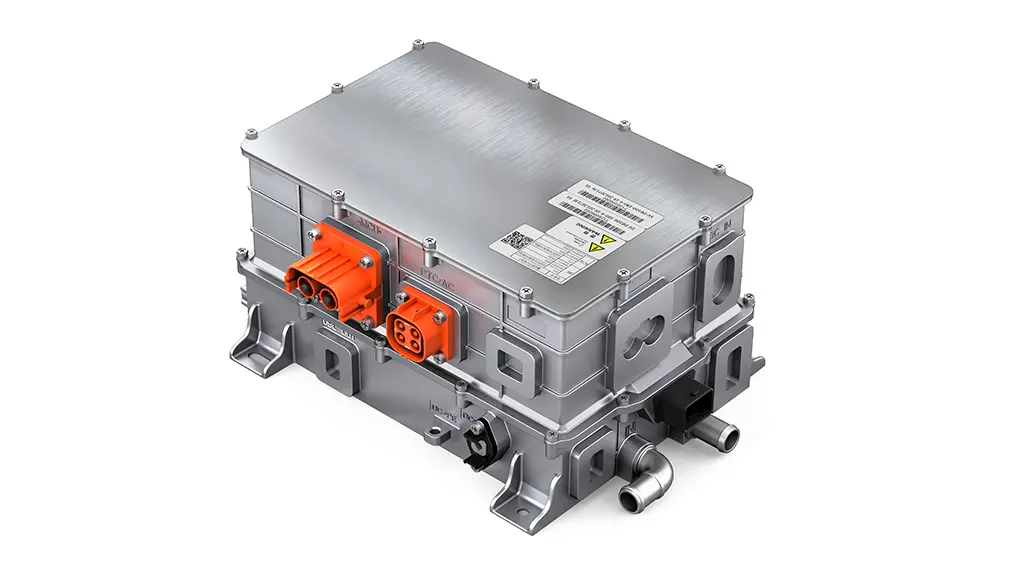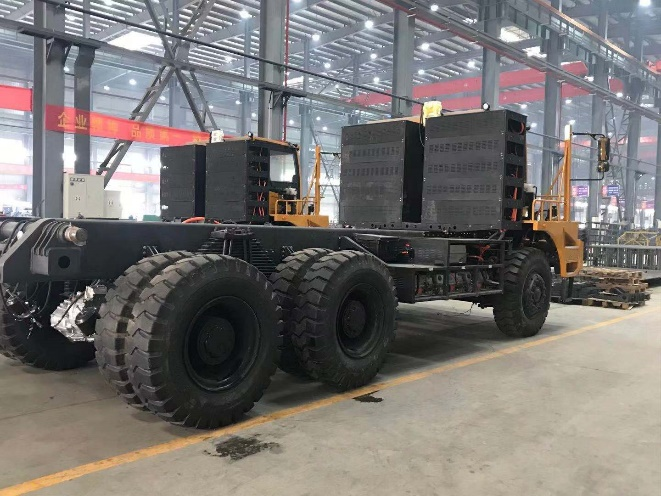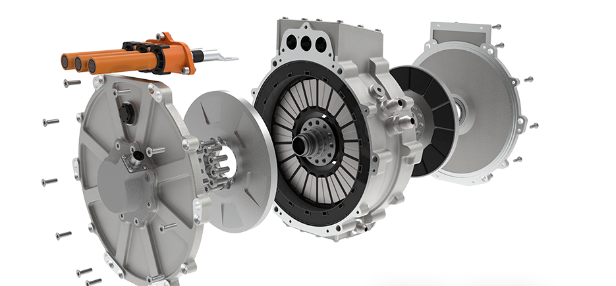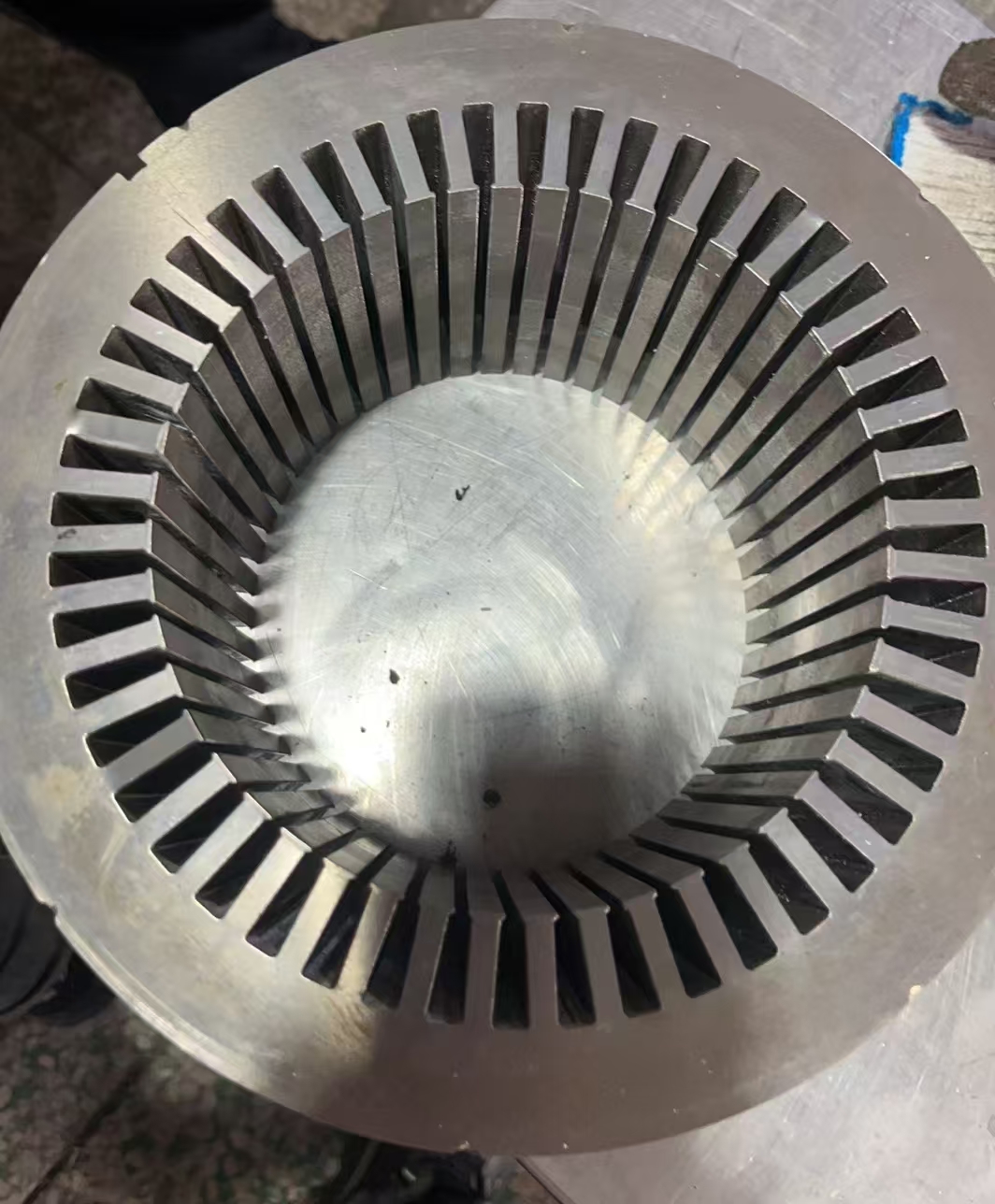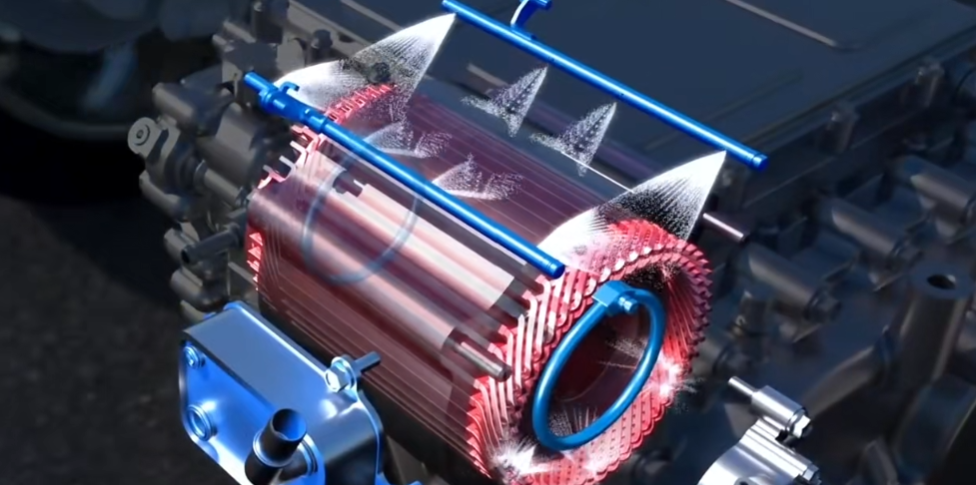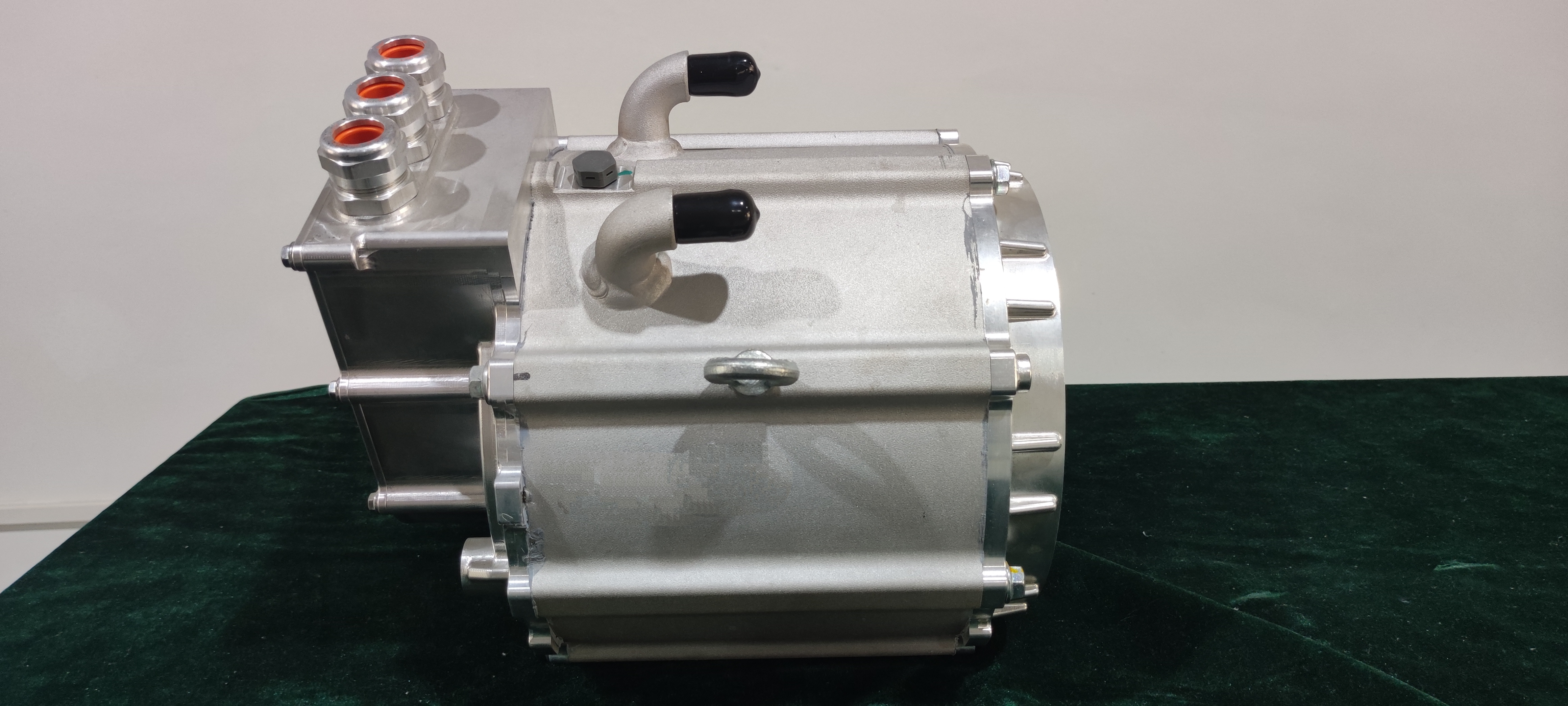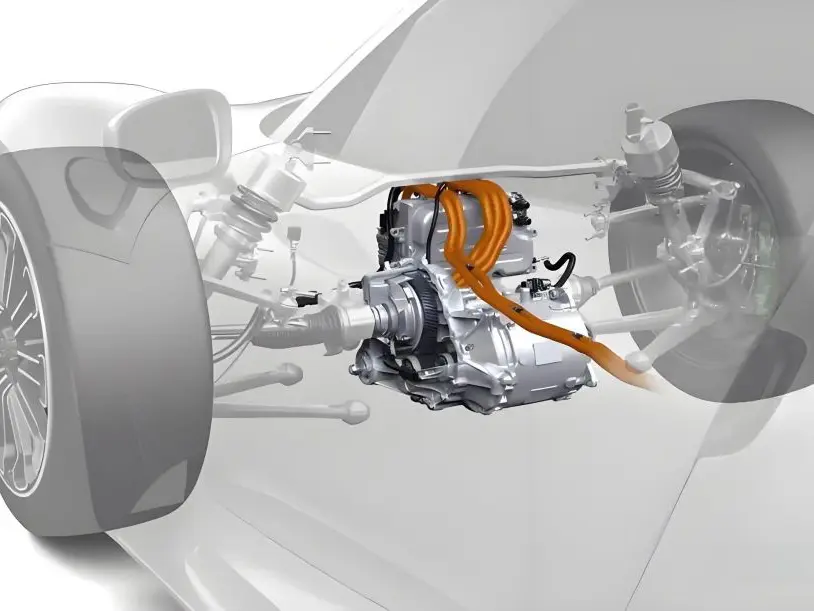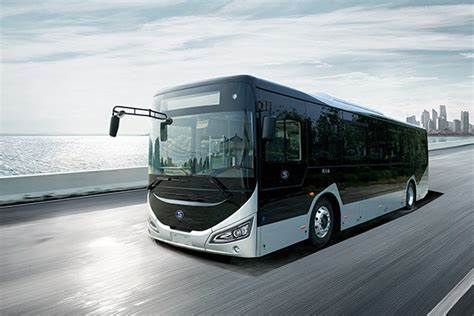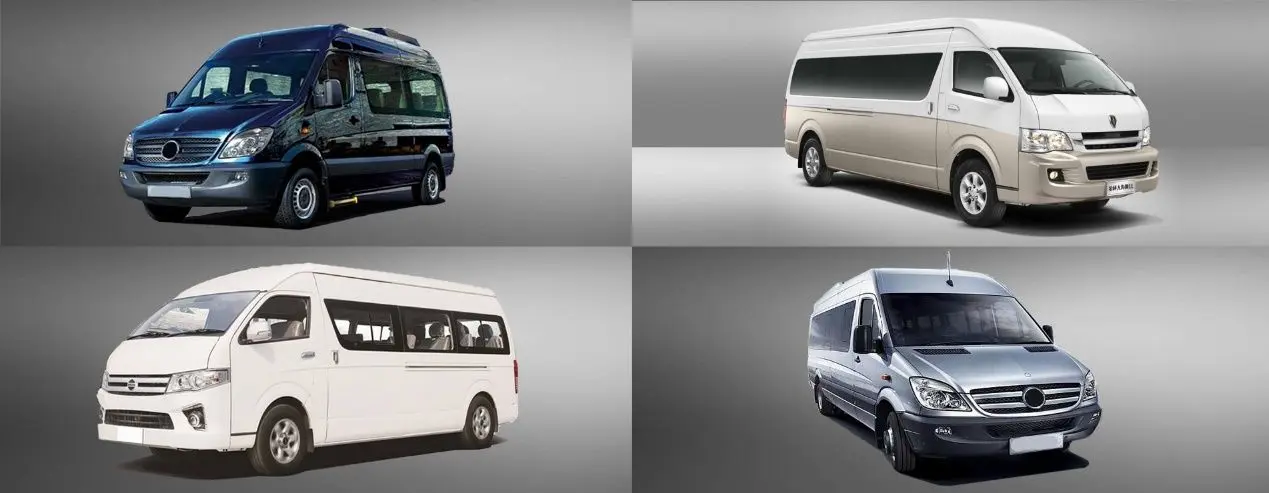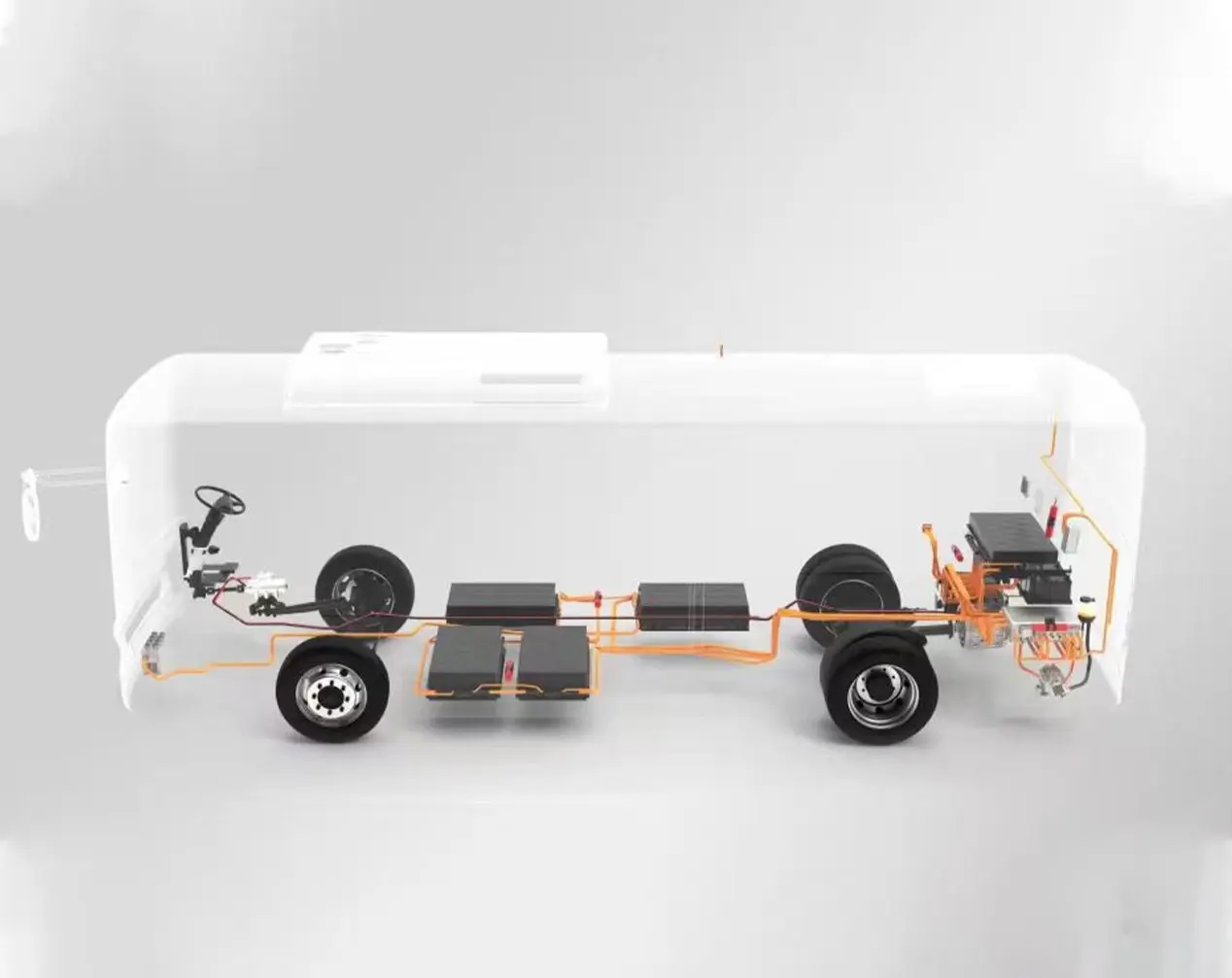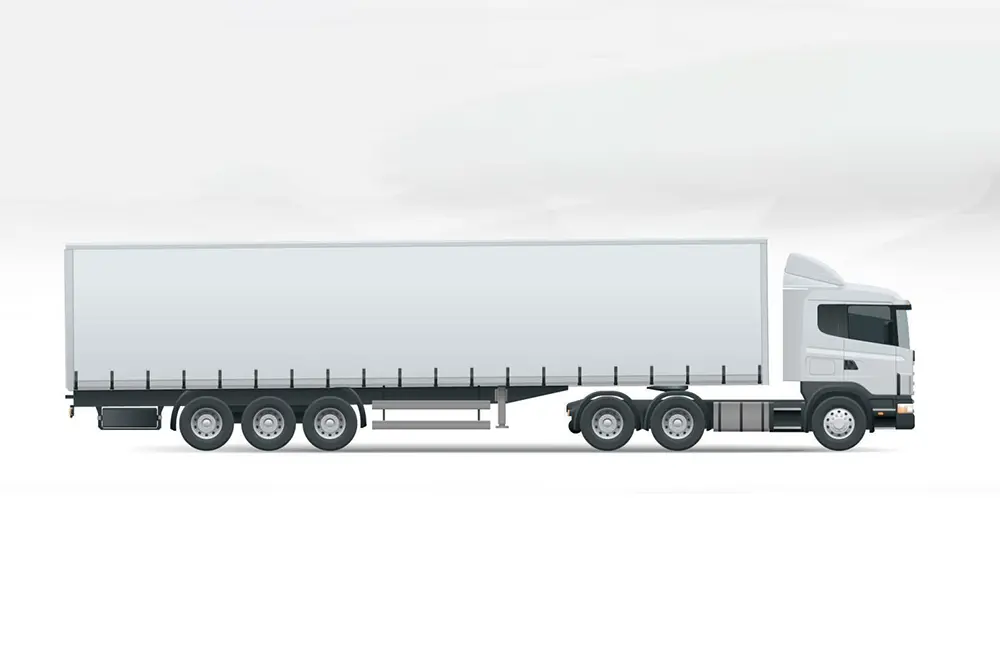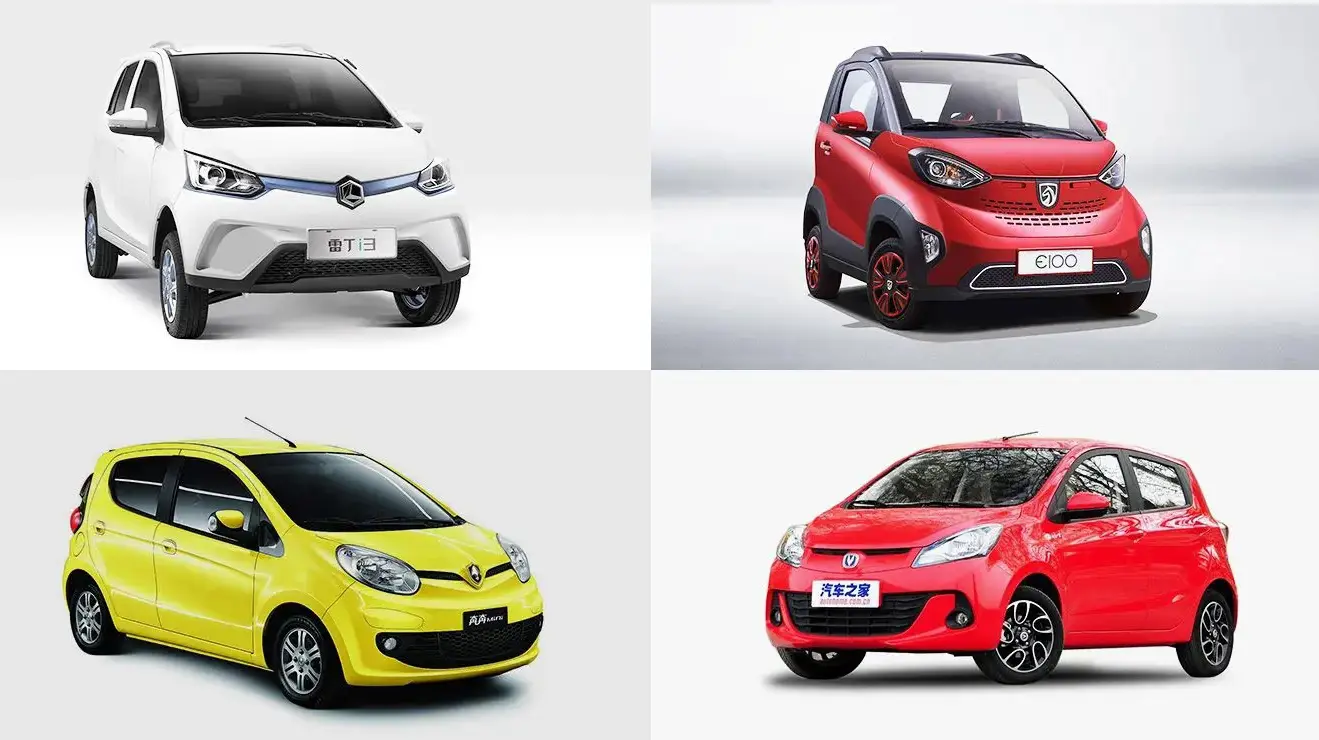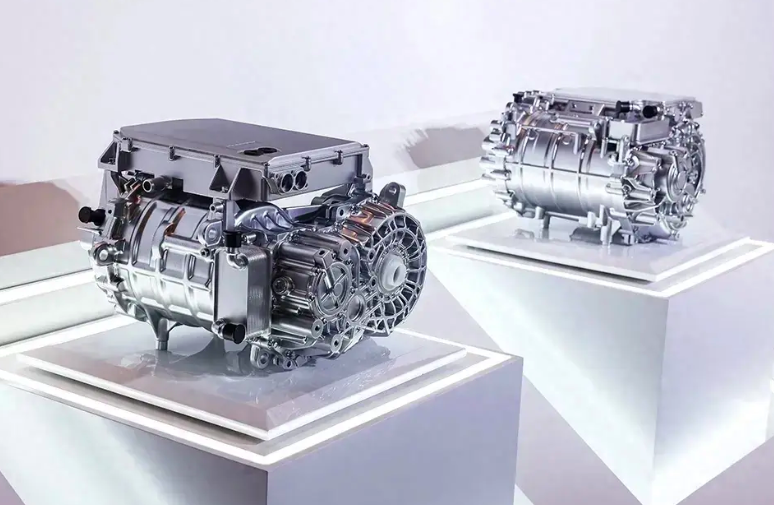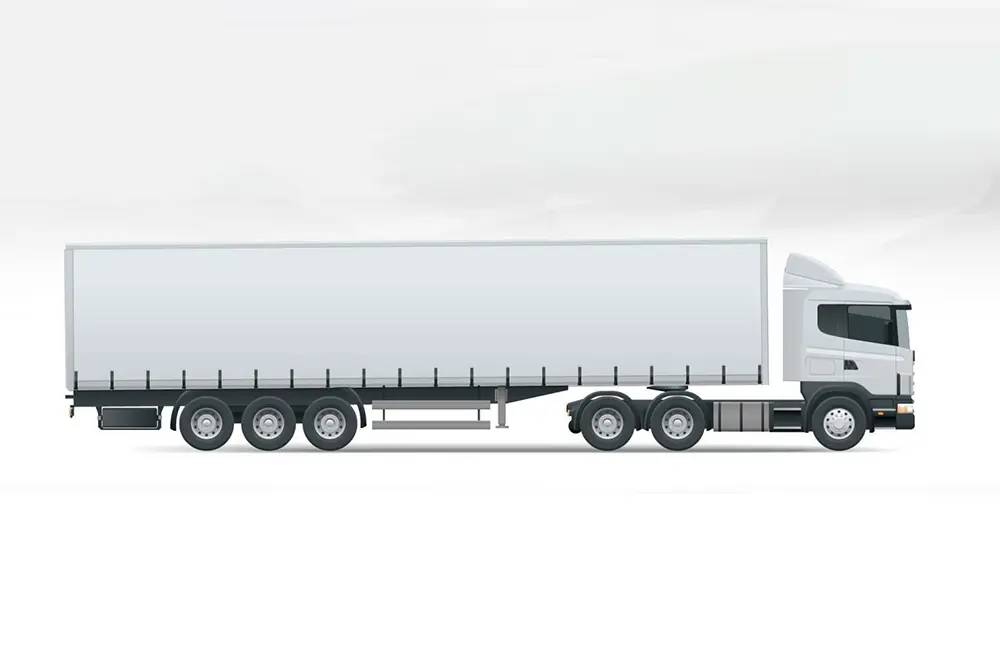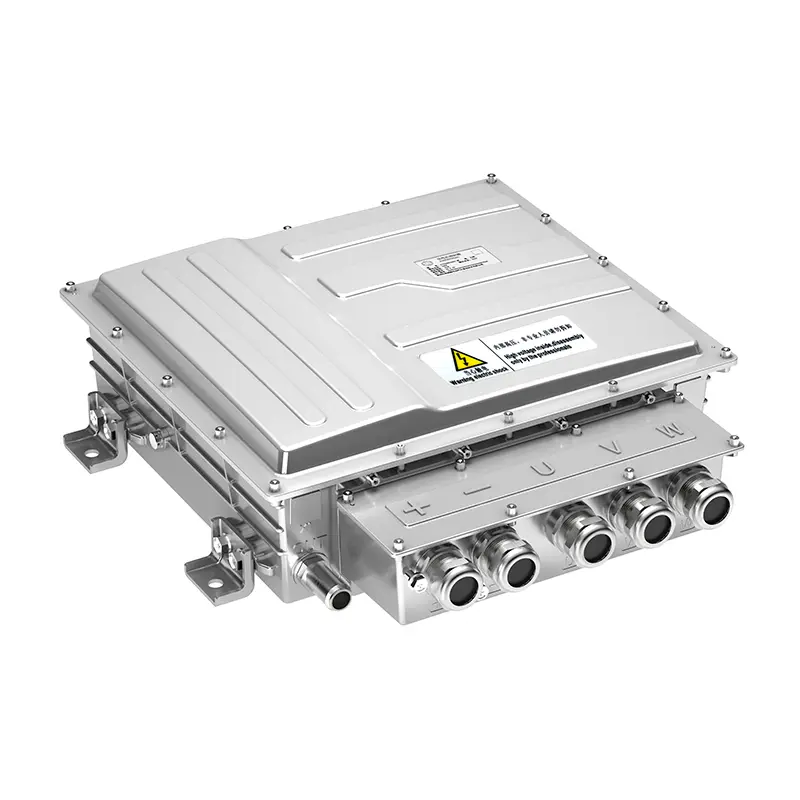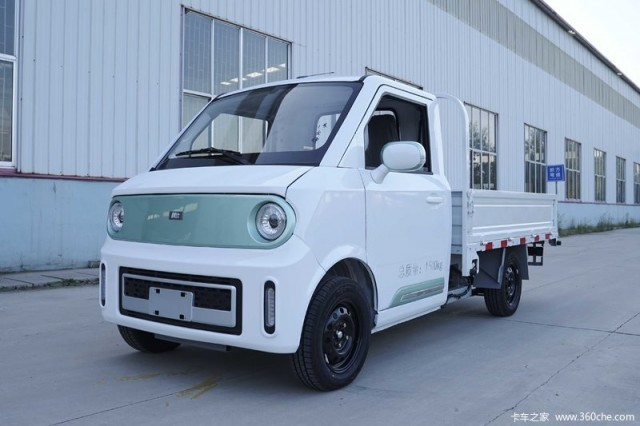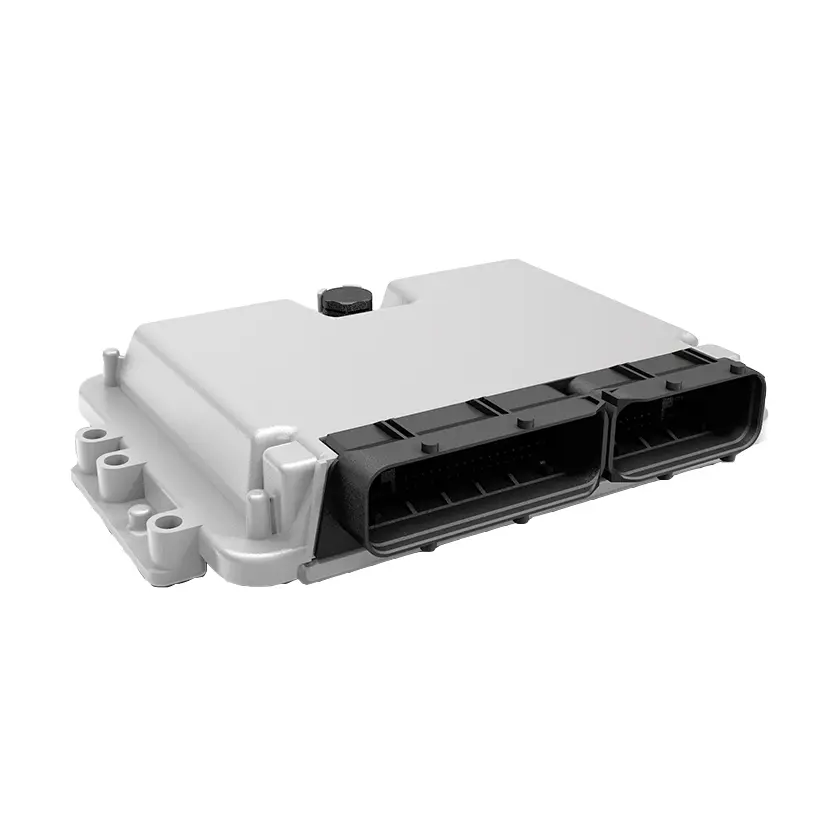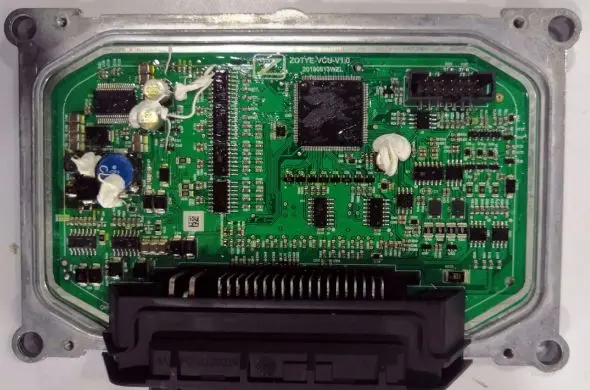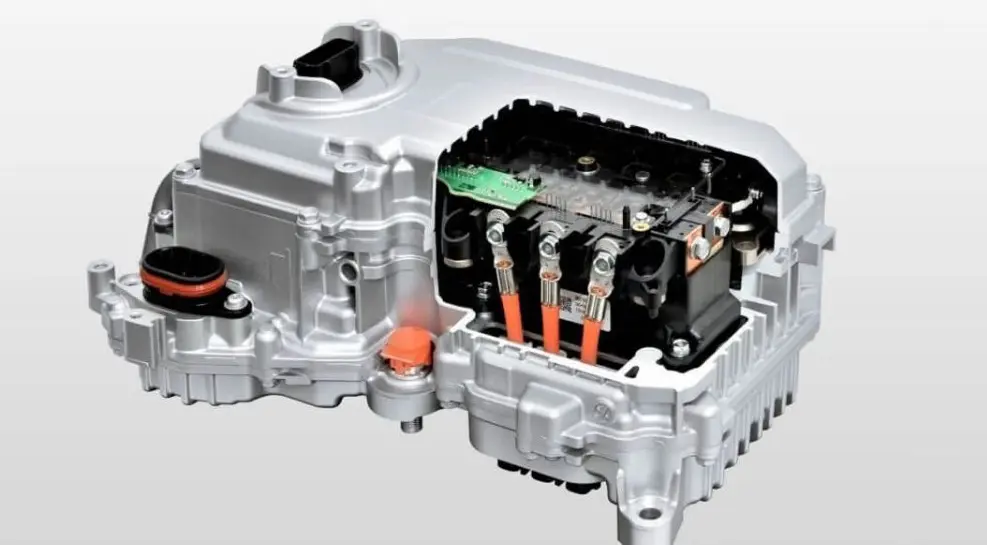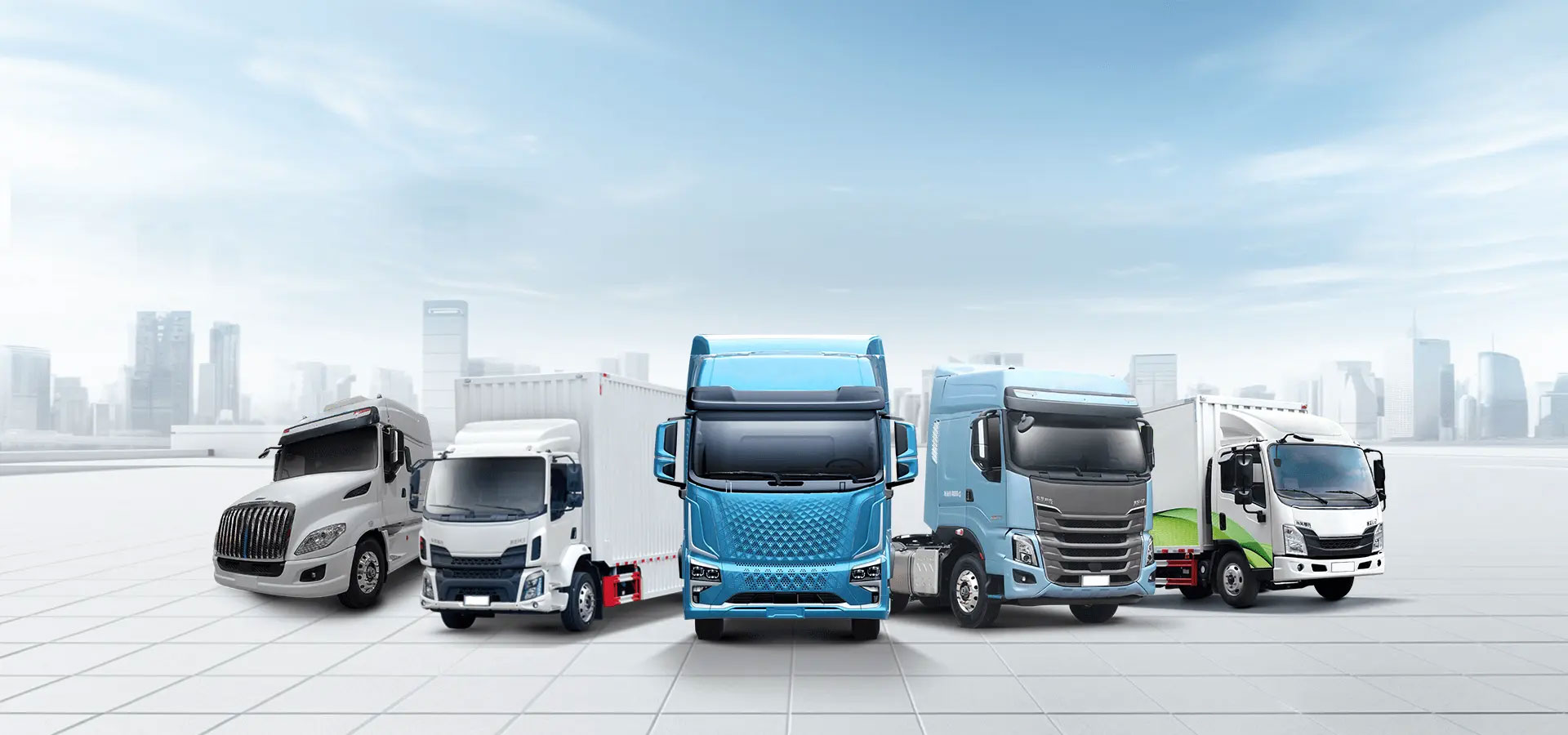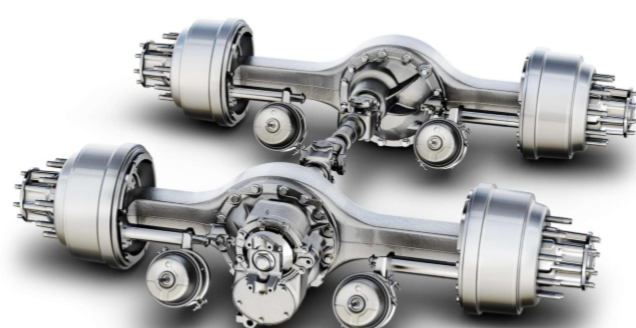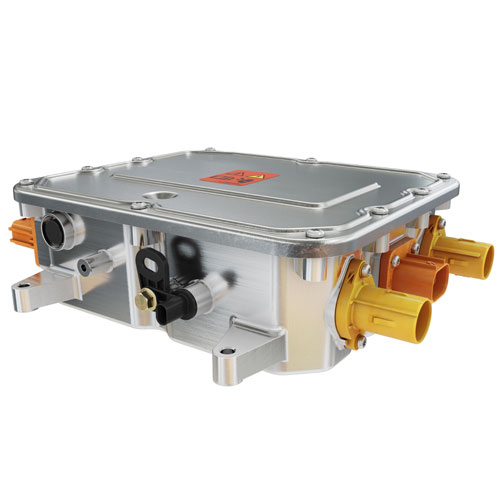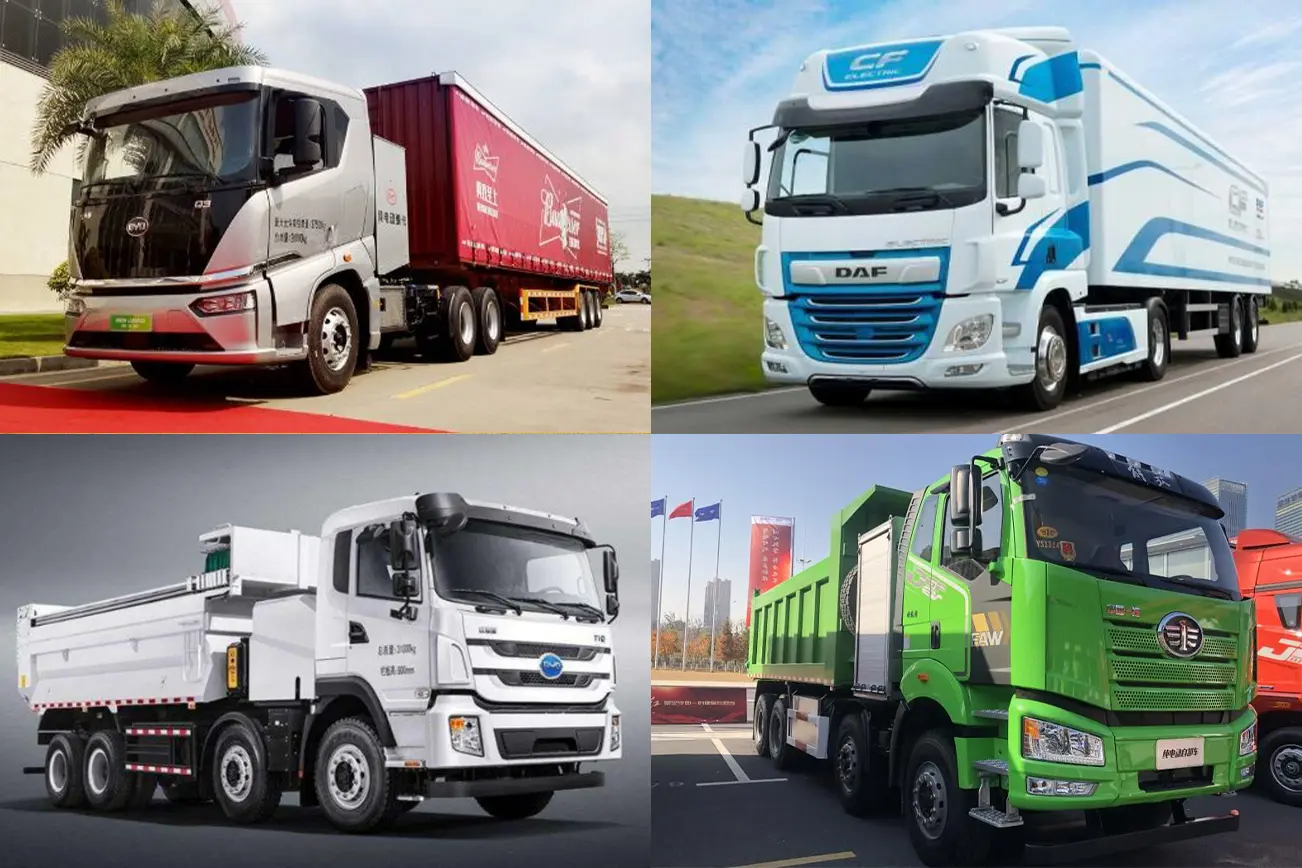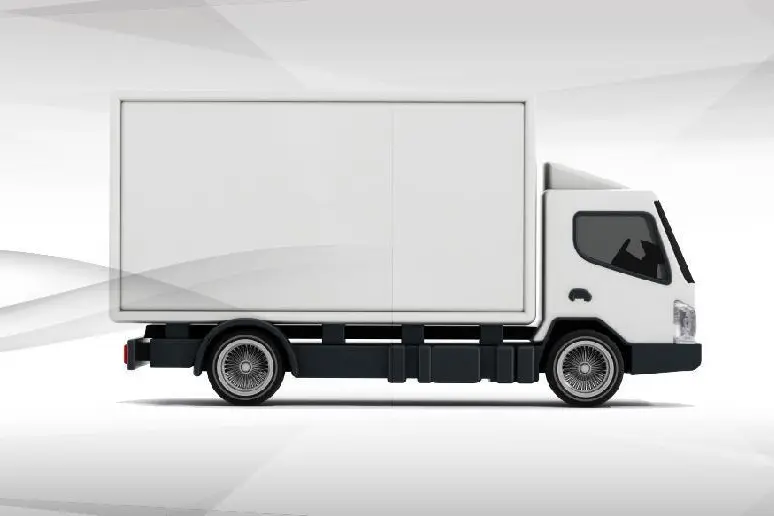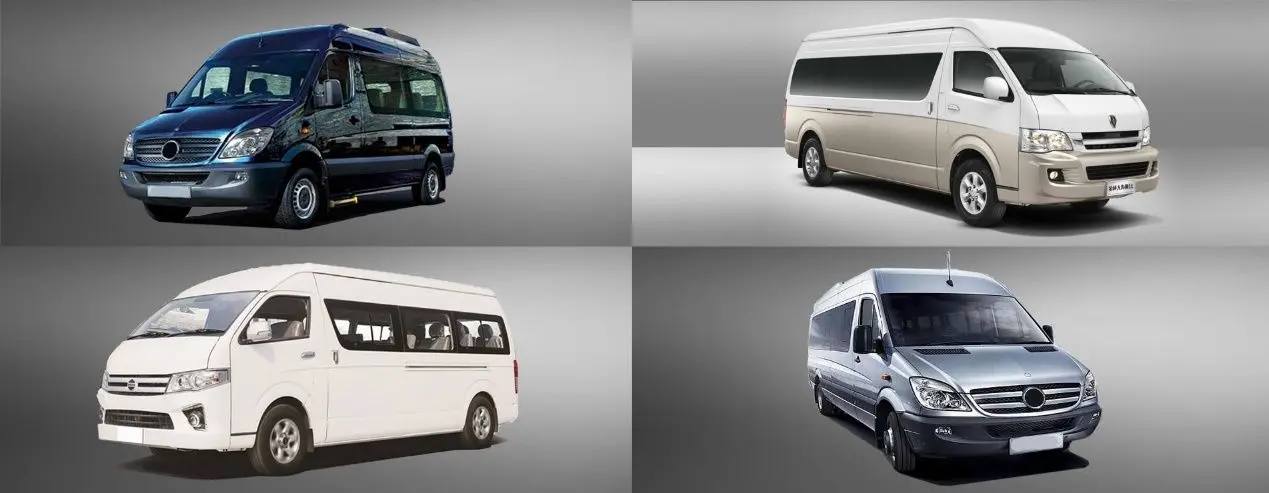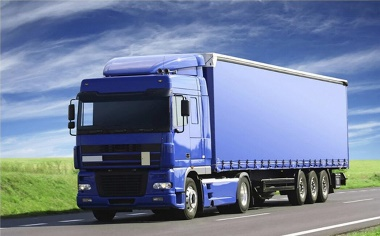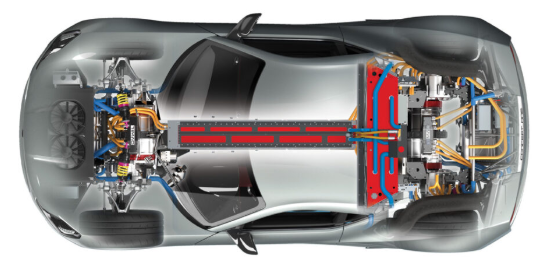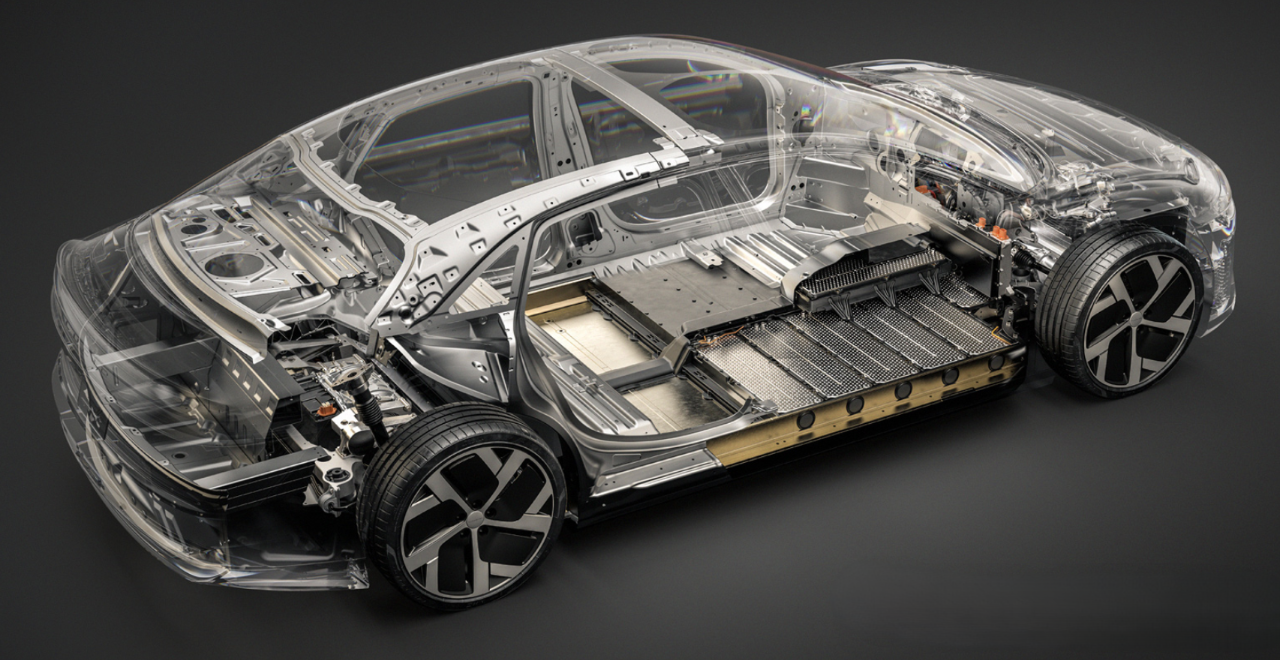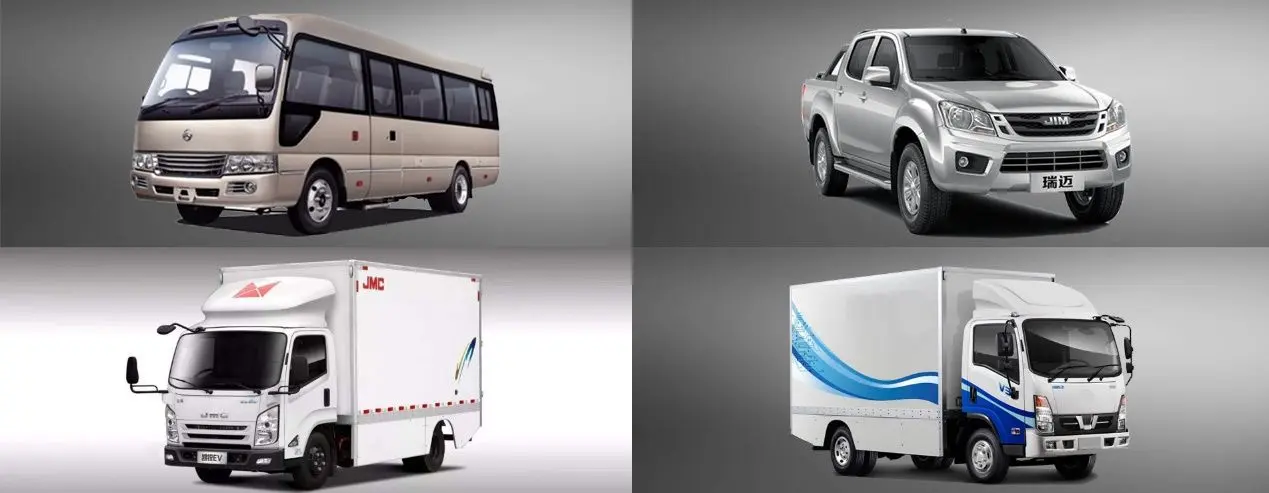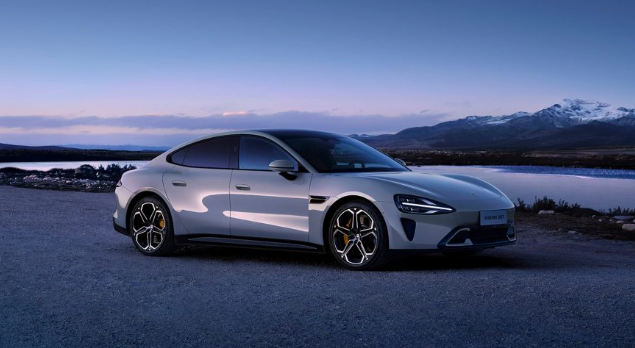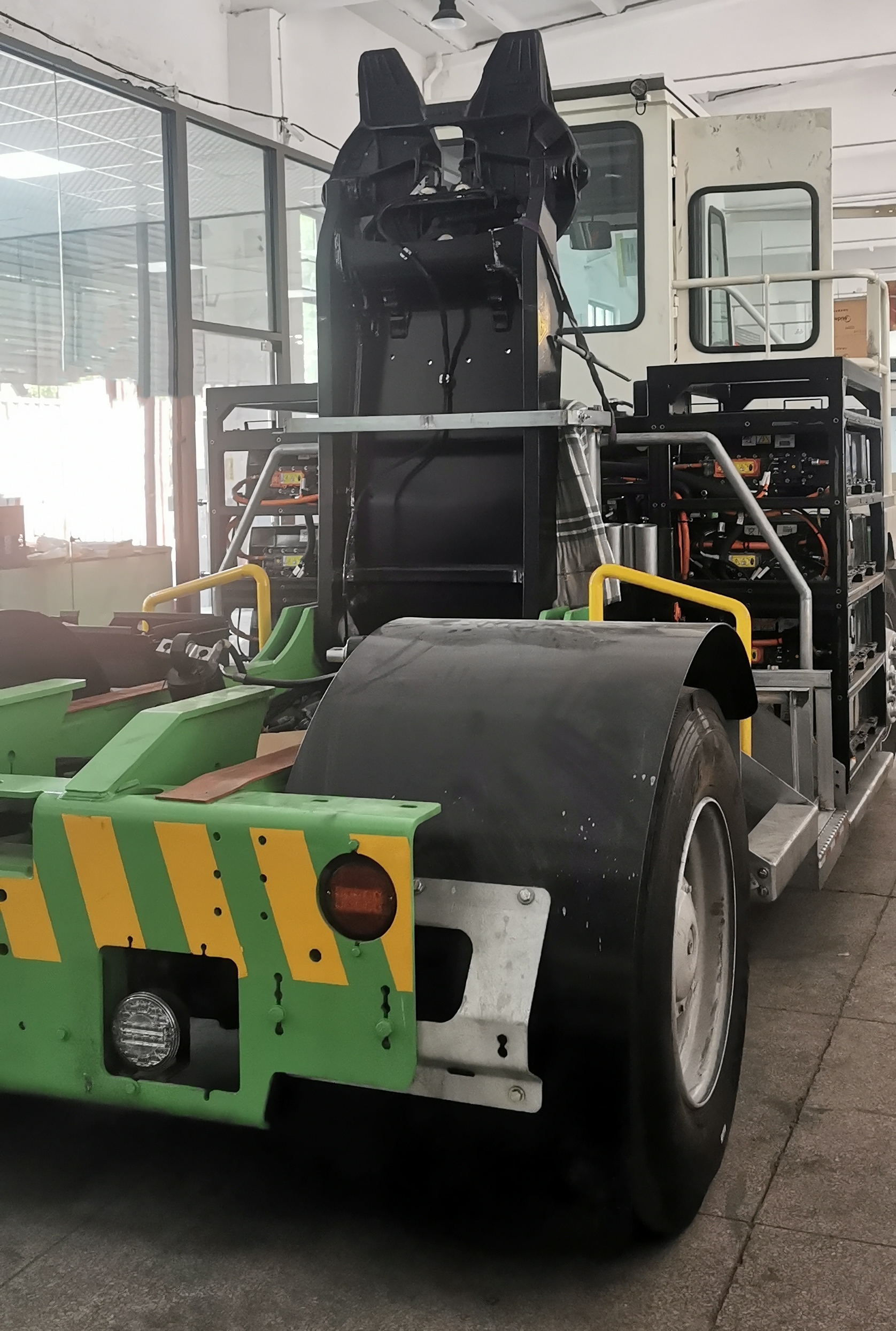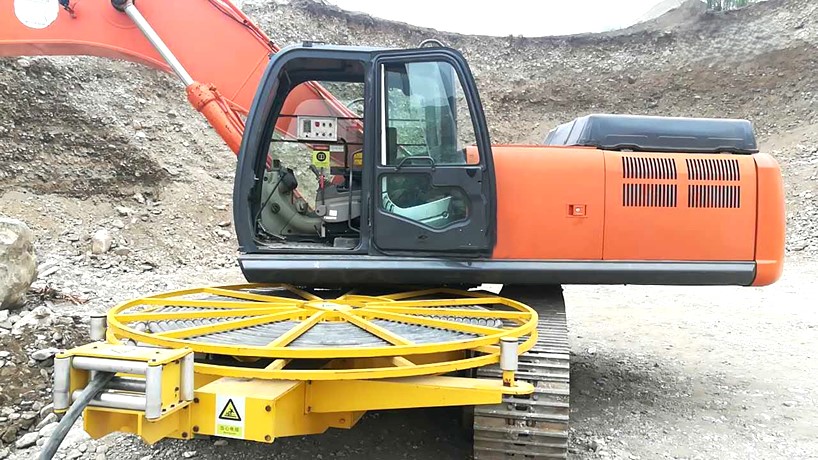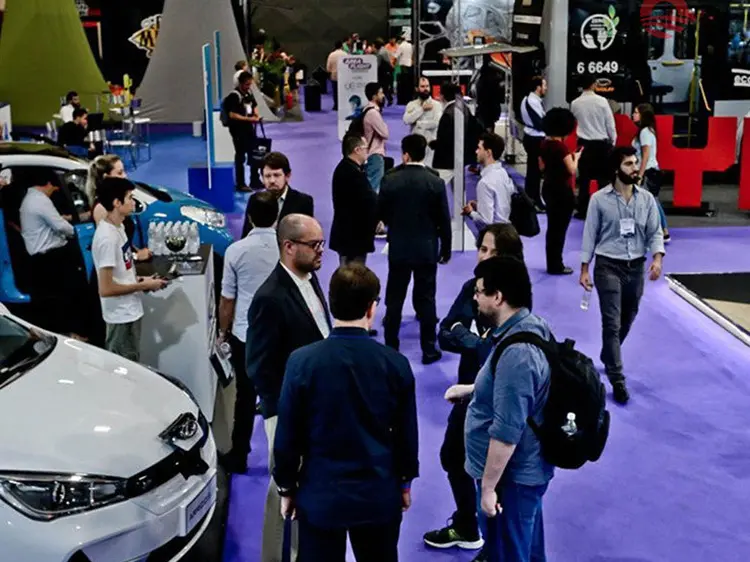China’s getting a big electric car battery swapping boost in 2025. Would that work across the globe?
Introduction
As the electric vehicle (EV) industry continues to evolve, innovations in charging and energy replenishment methods are crucial for widespread adoption. One of the most promising developments in this field is battery swapping – a technology that allows EV drivers to replace a depleted battery with a fully charged one in just a few minutes. This approach eliminates the long wait times associated with conventional charging stations, offering a more convenient and efficient solution.
China is set to take a major leap forward in battery swapping, with plans to expand its infrastructure significantly by 2025. This ambitious push raises an important question: Could battery swapping work on a global scale? To answer this, we need to examine what battery swapping is, why it is thriving in China, past attempts at implementing the technology, and whether it could be successfully adopted in other regions like the United States and Europe.
1. What is Battery Swapping?
Battery swapping is an alternative to traditional EV charging. Instead of plugging the car into a charger and waiting for the battery to recharge, drivers can visit a battery-swapping station and exchange their depleted battery for a fully charged one. The entire process typically takes just a few minutes, making it much faster than even the most advanced fast-charging solutions.
How Battery Swapping Works
- Vehicle Compatibility: The EV must be designed to support removable batteries.
- Automated or Manual Process: The swapping can be done manually by station personnel or through an automated system.
- Subscription-Based or Pay-Per-Swap Model: Some companies offer battery swapping as a subscription service, while others allow one-time swaps for a fee.
- Battery Standardization: For widespread adoption, a level of standardization across manufacturers is necessary to ensure compatibility between vehicles and swapping stations.
Benefits of Battery Swapping
- Reduced Downtime: Instead of waiting for hours to charge, drivers can swap a battery in under 5 minutes.
- Lower Upfront Cost for EV Owners: Swappable batteries allow users to purchase an EV without the high cost of the battery, instead opting for a leasing model.
- Battery Longevity: Centralized battery management enables better maintenance and prolongs battery life by preventing overcharging and deep discharges.
- Scalability for Commercial Fleets: Taxi services, ride-sharing companies, and delivery fleets can significantly reduce idle time.
However, battery swapping comes with its own challenges, including infrastructure costs, the need for widespread standardization, and potential limitations for long-distance travel in areas without established swapping stations.

2. Why Could It Work in China?
China has emerged as the global leader in EV adoption, with millions of electric cars on the road. Several key factors make battery swapping a viable solution in China:
Government Support and Policies
The Chinese government has actively promoted EV technology through subsidies, tax incentives, and regulatory support. This strong governmental backing extends to battery swapping, as seen through:
- Subsidies for automakers and infrastructure providers developing swapping-compatible vehicles.
- Policies that encourage the construction of battery-swapping stations.
- Standardization efforts to unify battery designs for easier swapping.
High Urban Population Density
China’s major cities, such as Beijing and Shanghai, are densely populated, leading to high demand for efficient charging solutions. Battery swapping stations can be strategically placed to serve large numbers of drivers within compact urban environments.
Thriving EV Market and Industry Collaboration
Companies like NIO, CATL, and BAIC are at the forefront of the battery-swapping movement. NIO, for example, has already deployed hundreds of swapping stations and is continuing to expand its network. This widespread adoption creates a sustainable business model that further encourages the growth of the infrastructure.
Heavy Commercial and Fleet Use
China has a vast network of electric taxis and delivery vehicles that rely on quick energy replenishment. Battery swapping is ideal for these sectors since it minimizes downtime and maximizes vehicle utilization.
3. What Other Attempts at Battery Swapping Have Occurred?
Battery swapping is not a new concept. Several companies and countries have tried to implement it, with varying degrees of success.
Better Place (Israel, 2007-2013)
One of the earliest large-scale attempts at battery swapping was Better Place, an Israeli startup that built an extensive network of swapping stations. Despite initial enthusiasm, the company failed due to:
- High infrastructure costs.
- Lack of manufacturer support.
- Low EV adoption rates at the time.
Tesla's Battery Swapping Pilot (2013)
Tesla briefly explored battery swapping for its Model S, demonstrating a station that could replace a battery in under 90 seconds. However, Tesla ultimately abandoned the idea in favor of its Supercharger network, citing low consumer interest.
Gogoro (Taiwan, 2015-Present)
Gogoro has successfully implemented battery swapping for electric scooters, with thousands of stations across Taiwan. The company’s model has been highly successful, showing that battery swapping can work in smaller, two-wheeled EV markets.
Ample (USA, Ongoing)
San Francisco-based Ample is developing a modular battery-swapping solution aimed at fleet vehicles. By focusing on commercial applications, Ample hopes to overcome the barriers that have hindered past attempts at swapping for private vehicles.
4. Could It Work in the United States? Europe?
While battery swapping has gained traction in China, its adoption in the U.S. and Europe faces several challenges.
Challenges in the United States
- Diverse EV Models: Unlike China, where standardization is more achievable, the U.S. has a wide variety of EV manufacturers with different battery designs.
- Consumer Preference for Home Charging: Many American EV owners have access to home chargers, reducing the demand for swapping stations.
- Geographical Constraints: The vast distances between cities make it difficult to establish a widespread swapping network.
Challenges in Europe
- Regulatory Barriers: Different EU nations have their own regulations regarding battery technology and standardization, complicating implementation.
- Limited Real Estate for Stations: Urban centers in Europe often lack the space needed to construct large-scale battery-swapping facilities.
- Reliance on Fast-Charging Networks: Europe has invested heavily in fast-charging infrastructure, making the transition to swapping less urgent.
However, fleet operations, taxi services, and last-mile delivery vehicles in both regions could benefit from battery swapping, as these applications require frequent and quick recharging.
5. What Vehicle Uses Might Be Best for Swapping?
Battery swapping is particularly suitable for specific vehicle applications:
1. Commercial Fleets
Taxis, ride-hailing services, and delivery vehicles require minimal downtime.
Swapping provides predictable energy costs for fleet operators.
2. Public Transportation
Electric buses can utilize battery swapping to ensure continuous operation without long charging breaks.
3. Electric Scooters and Motorcycles
Smaller batteries make swapping easier and more feasible.
Success in Taiwan's Gogoro network proves the viability of this model.
4. Heavy-Duty Vehicles
Trucks and logistics fleets can benefit from swapping to reduce idle time during long-haul operations.
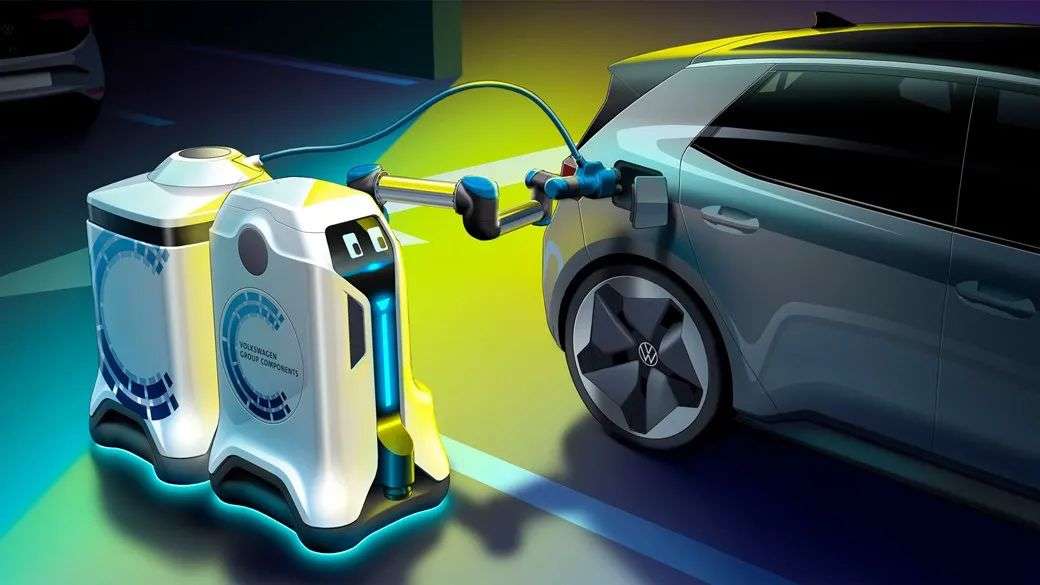
Conclusion
China's major push for battery swapping in 2025 is a significant step forward in EV infrastructure innovation. The combination of government support, industry collaboration, and high EV adoption rates makes China an ideal candidate for widespread battery swapping.
However, global expansion faces obstacles, particularly in regions like the U.S. and Europe, where consumer behavior, regulatory challenges, and existing charging networks create barriers. Despite these challenges, battery swapping has potential in specific markets, particularly for fleet vehicles, taxis, and commercial transportation.
As technology advances and industry collaboration increases, battery swapping could become a viable solution for certain sectors worldwide, but its full-scale adoption will depend on overcoming infrastructure and standardization challenges.
Read More: Pumbaa's Superior Electric Motor Service: Leading sales center for electric motors











